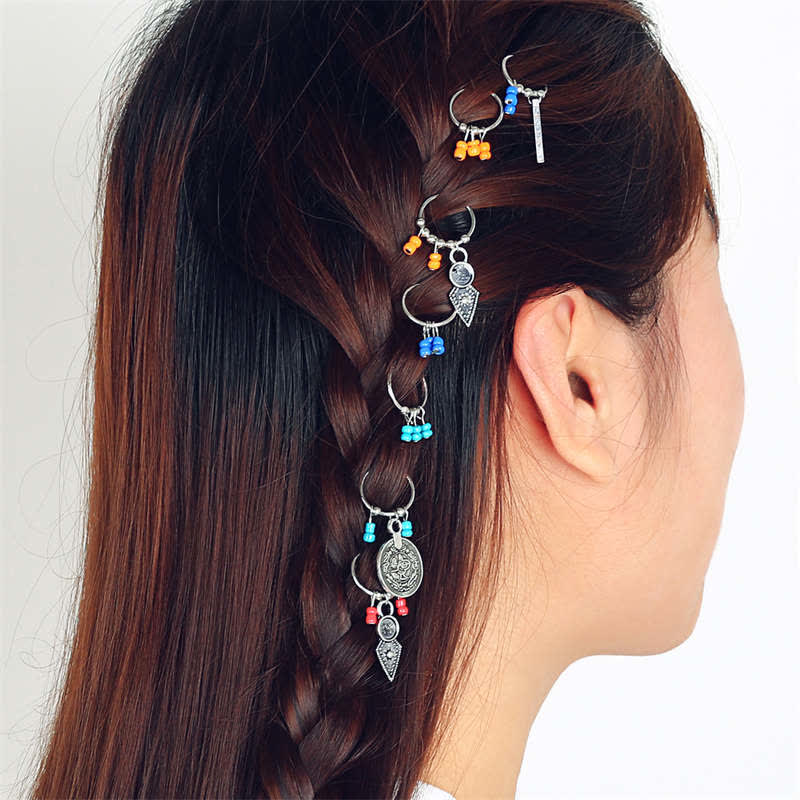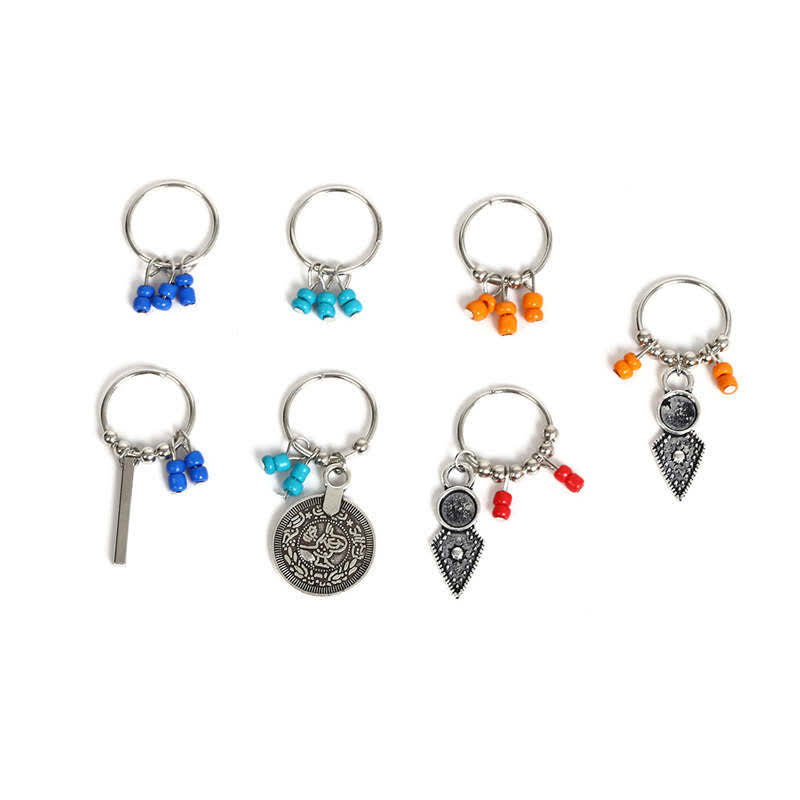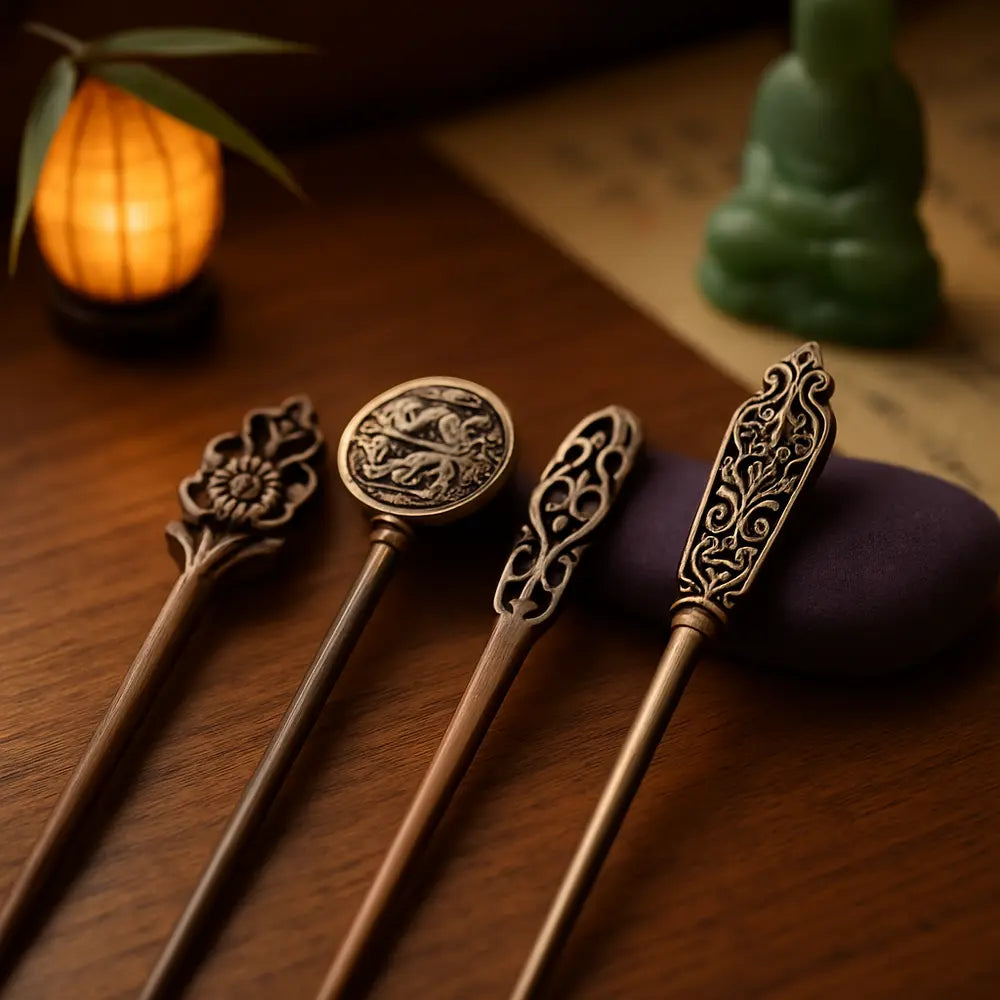
Chinesische Haarnadeln
73 Produkte
Zeigt 1 - 24 von 73 Produkten
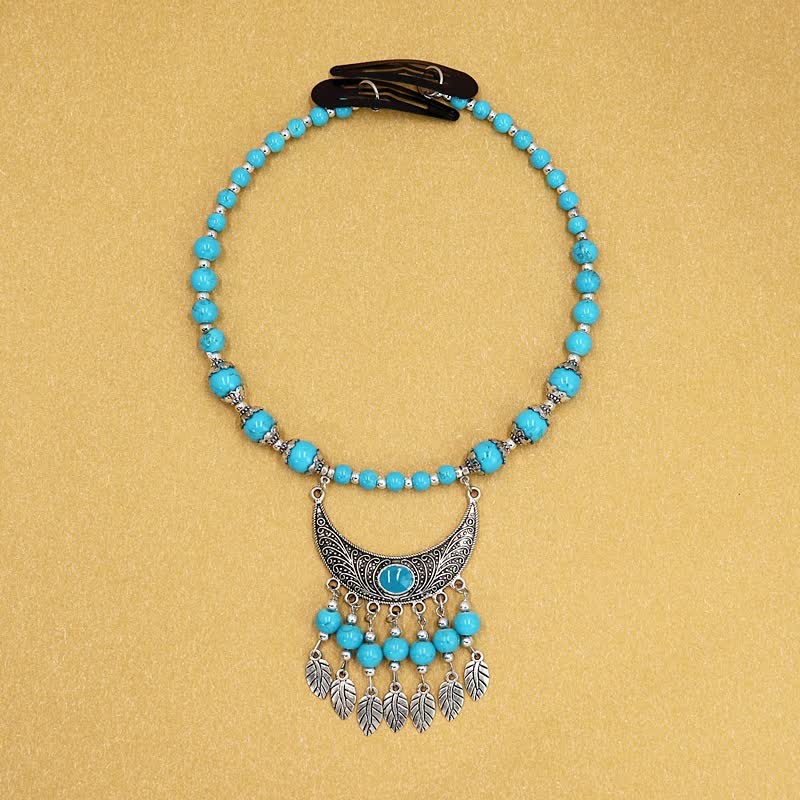
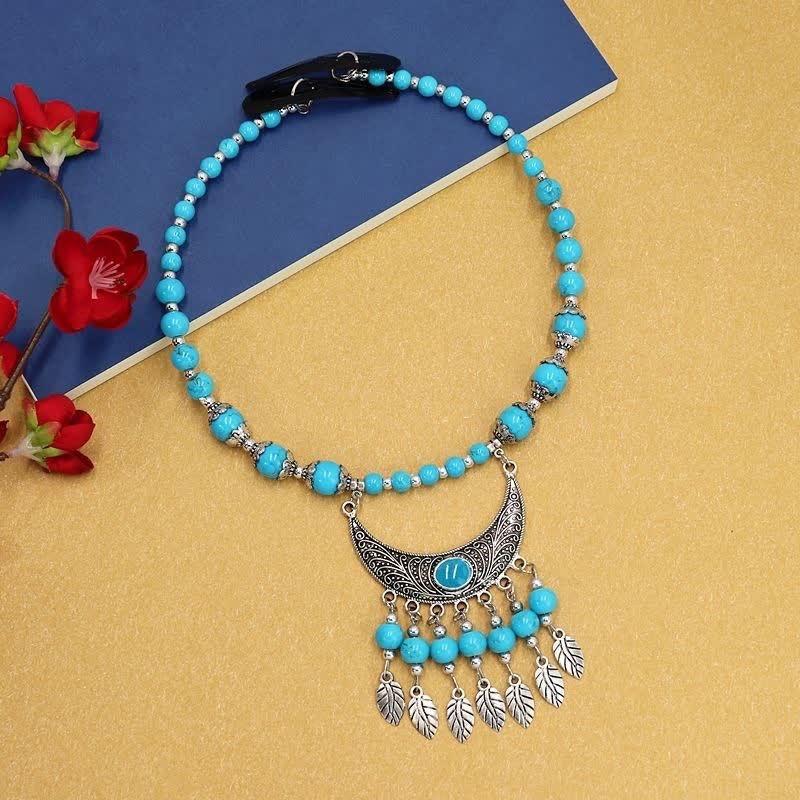
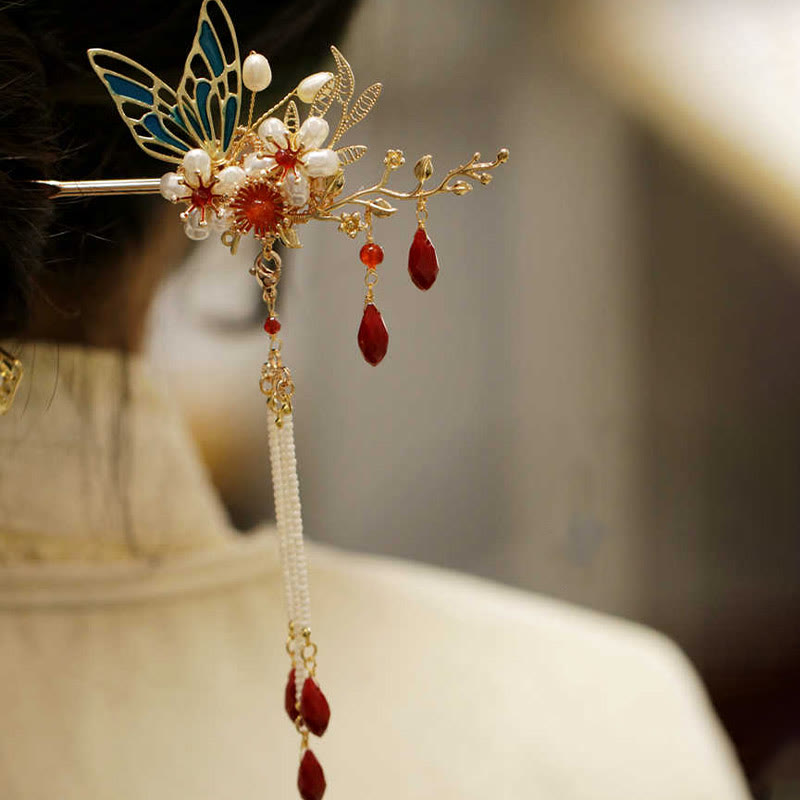
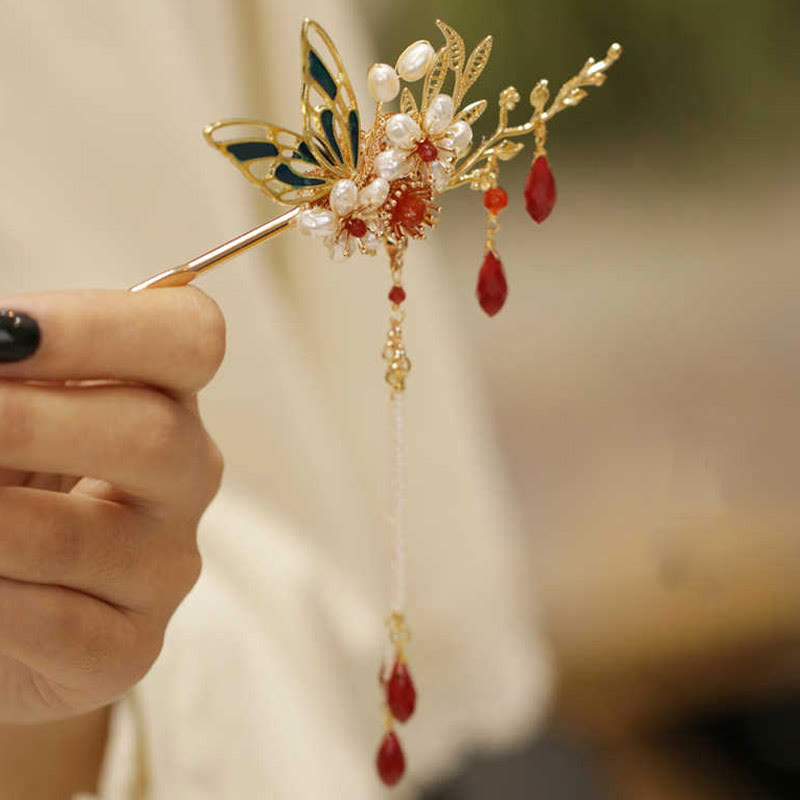
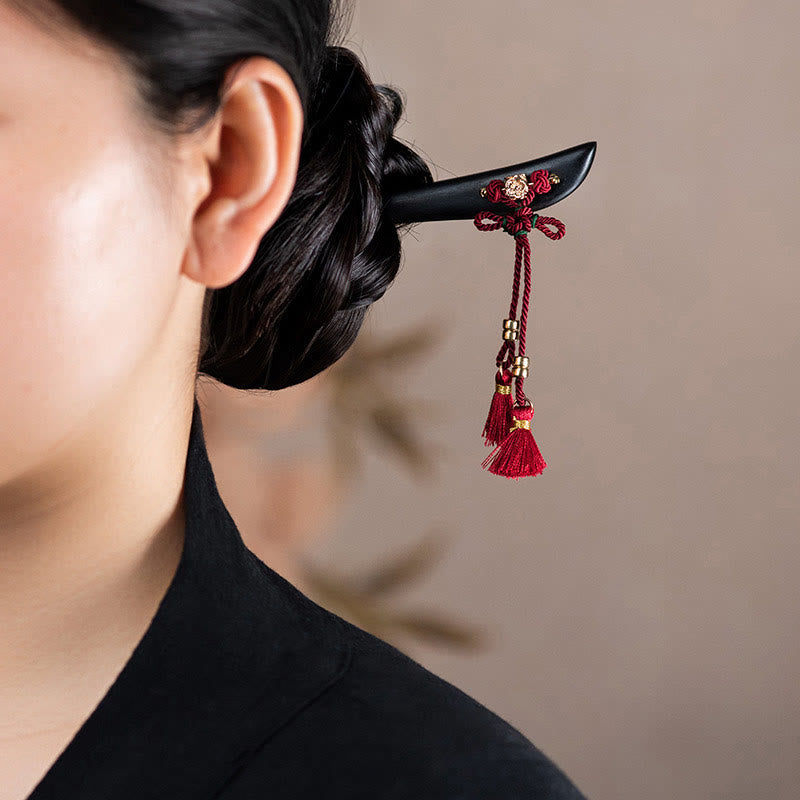
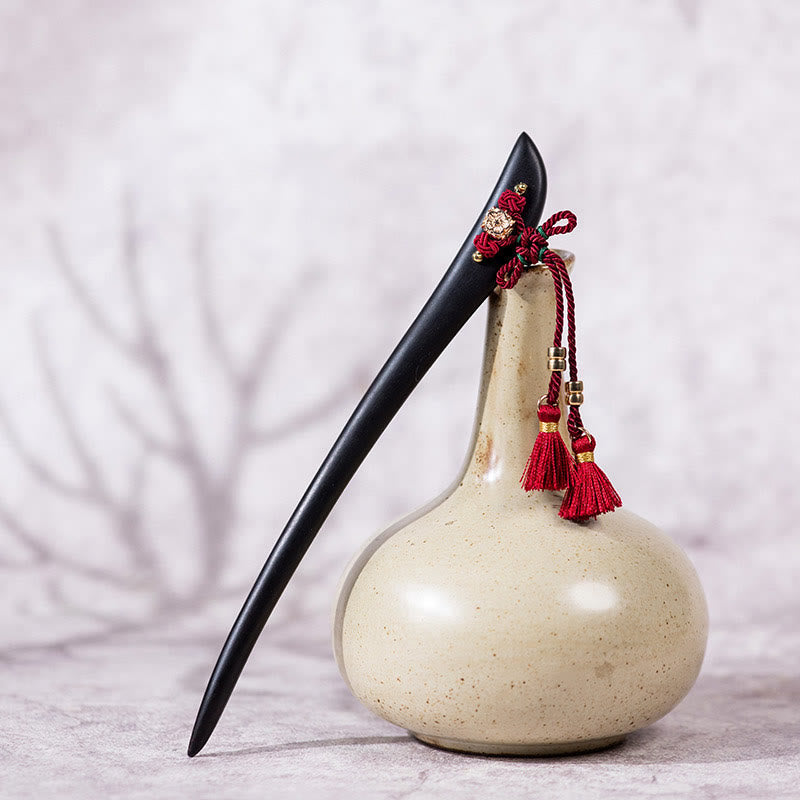
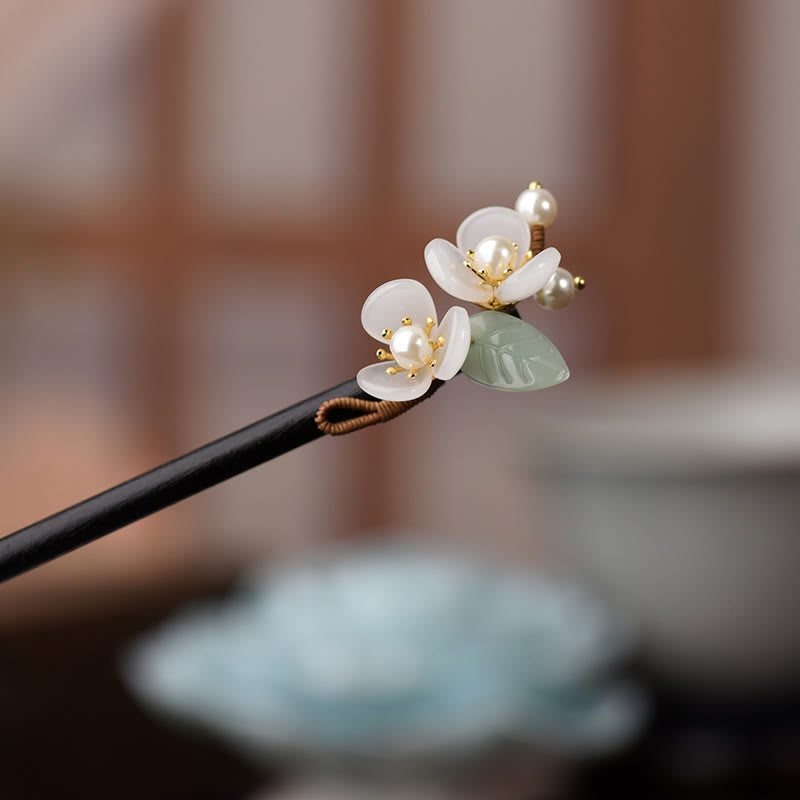
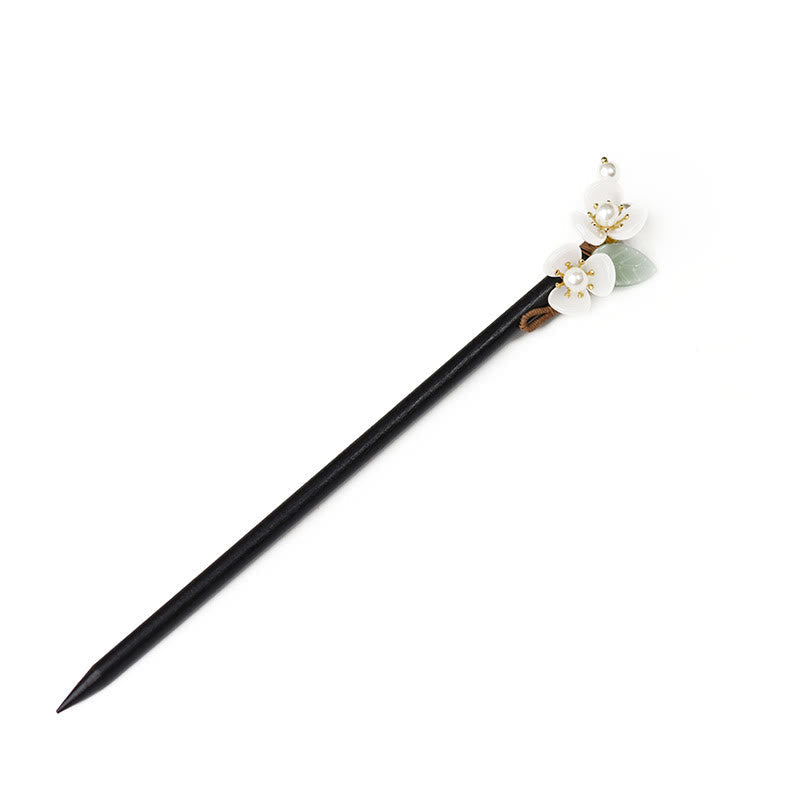
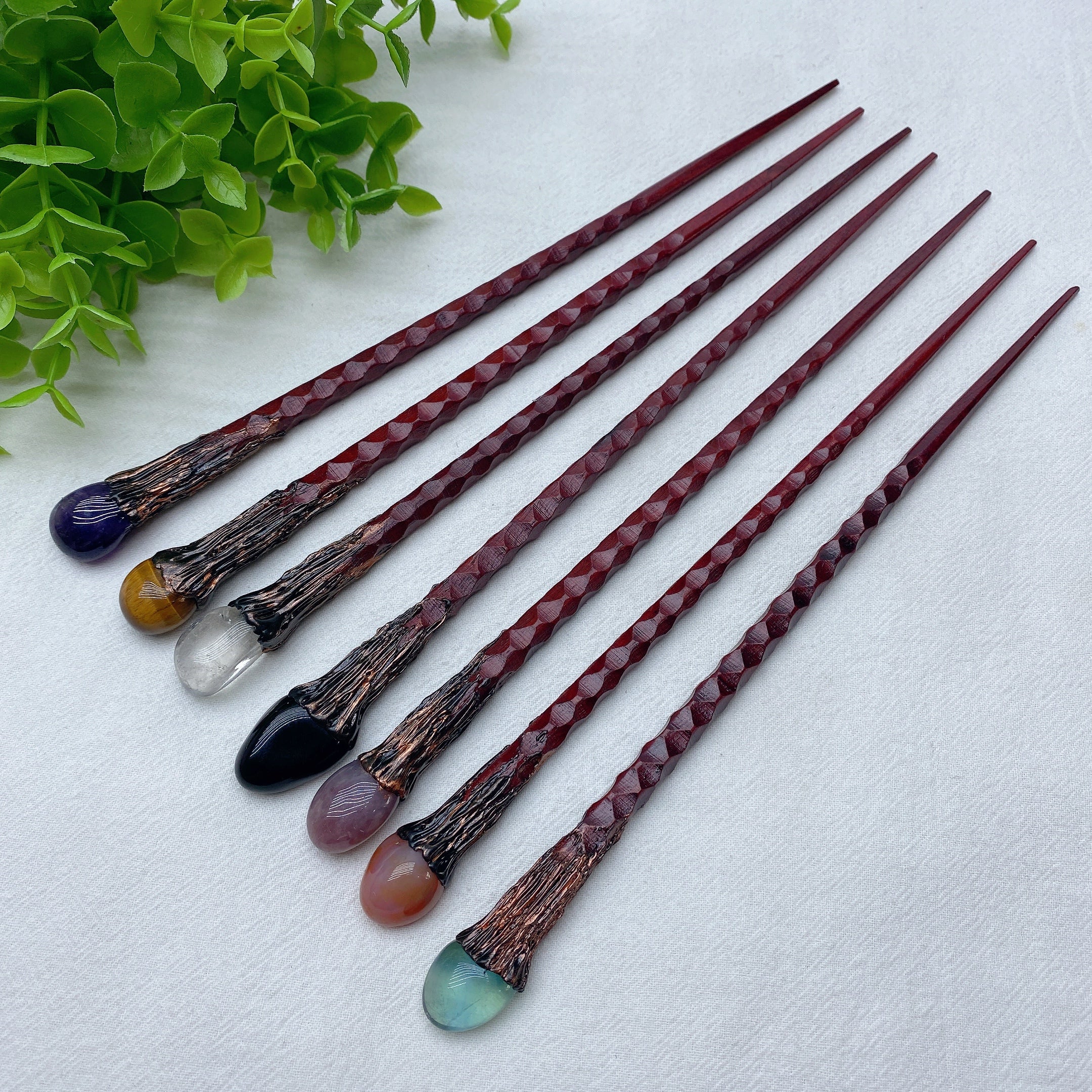
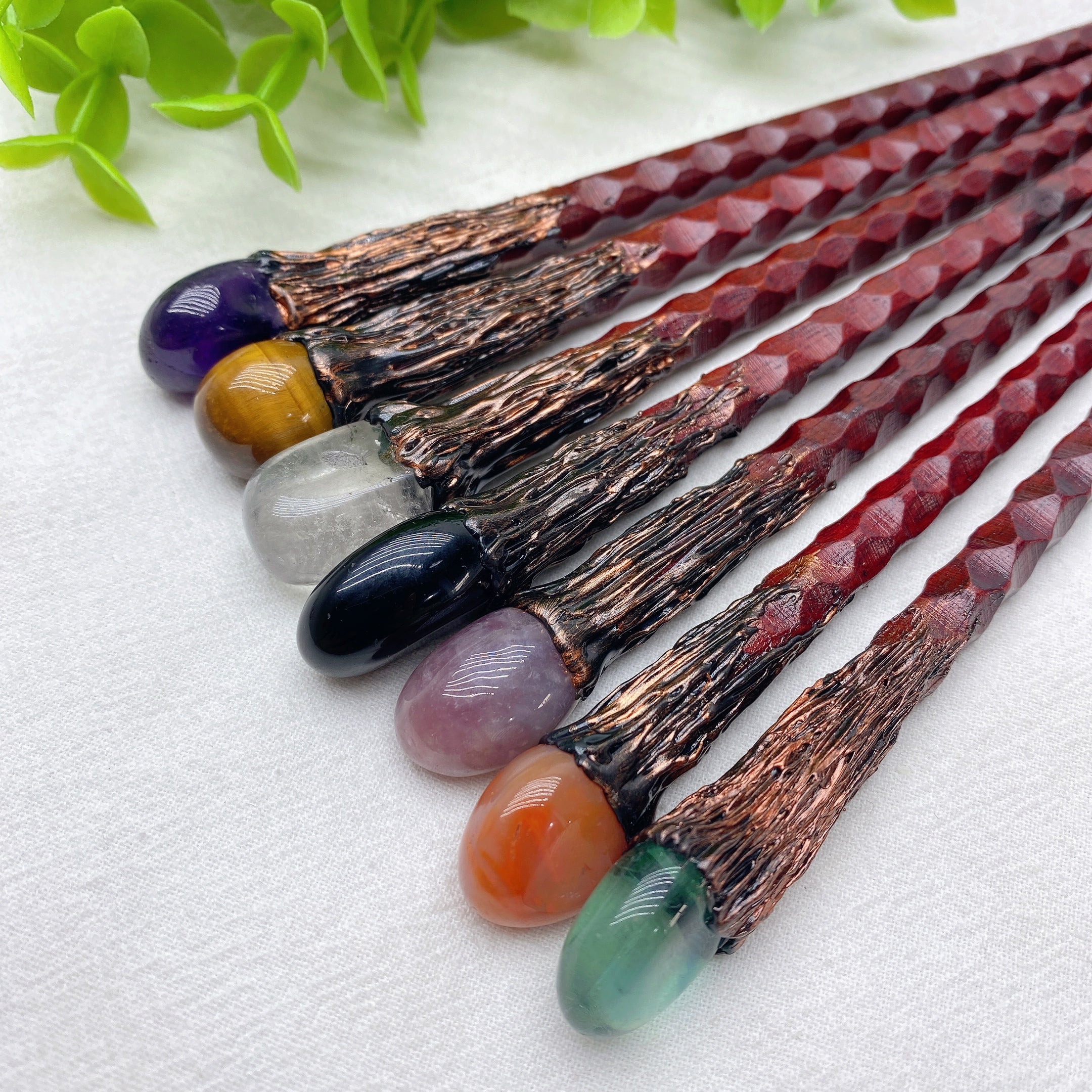
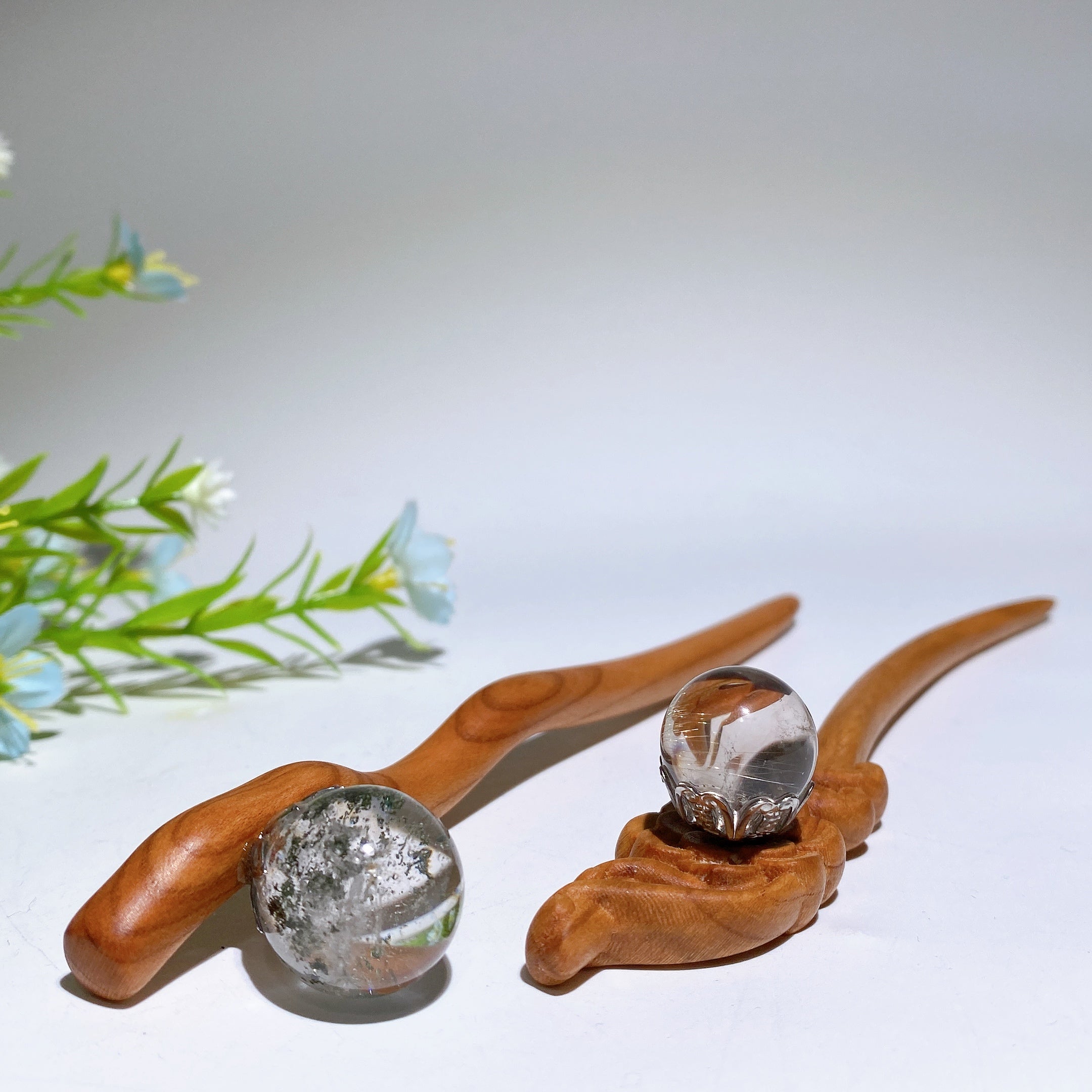
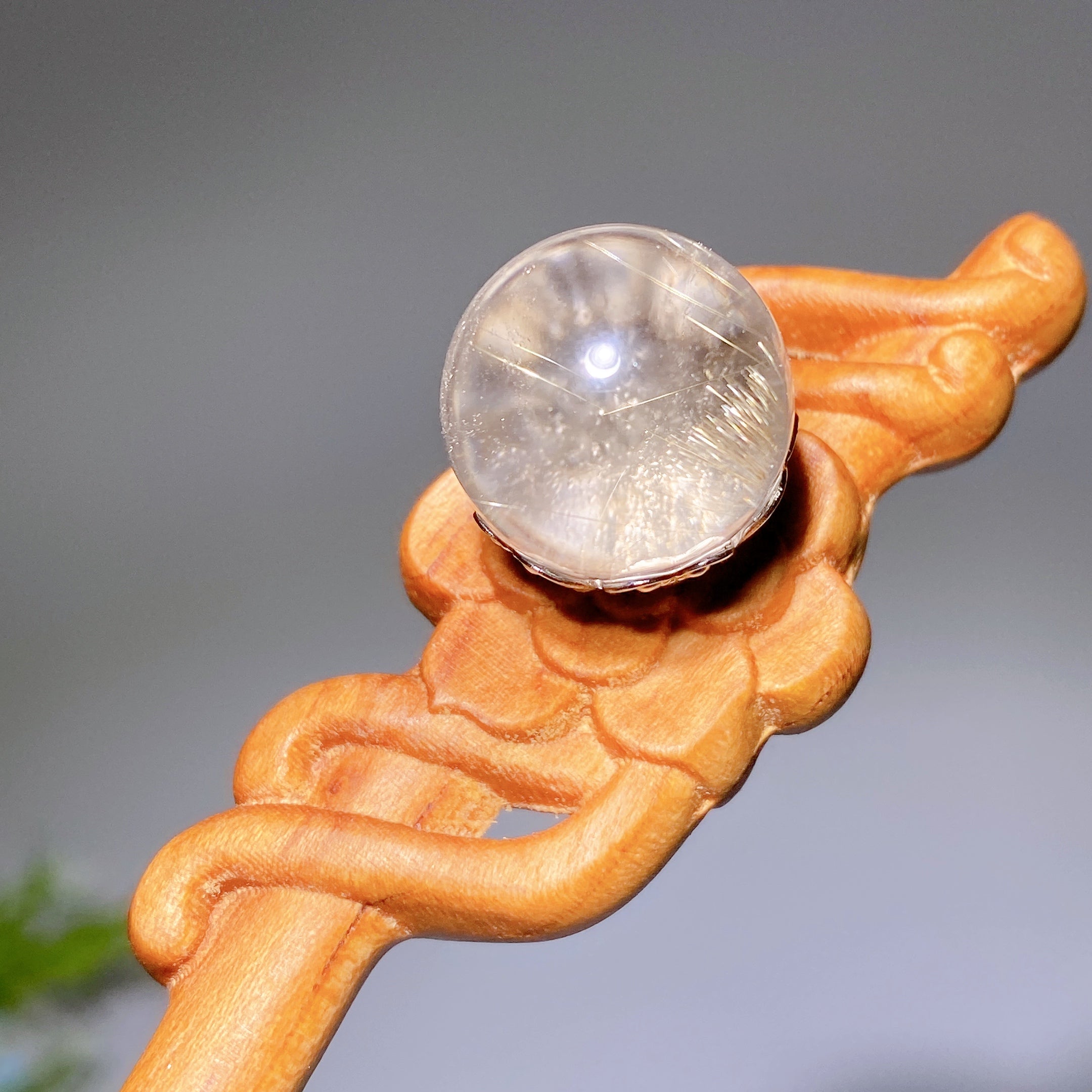
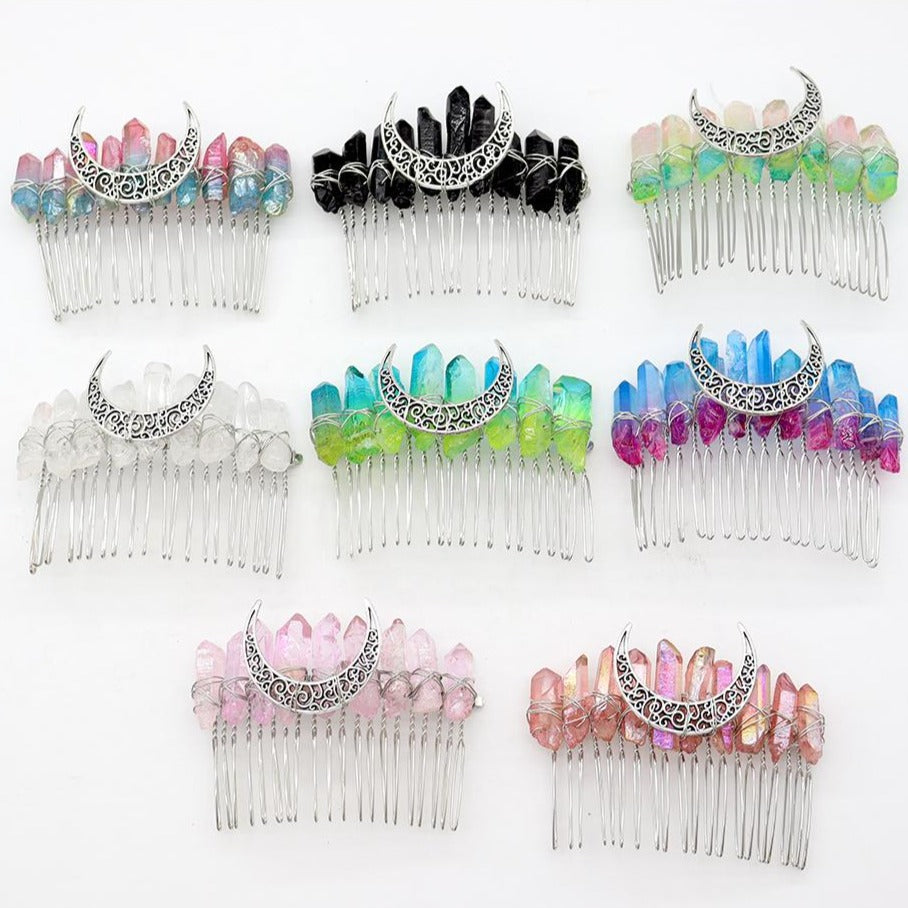
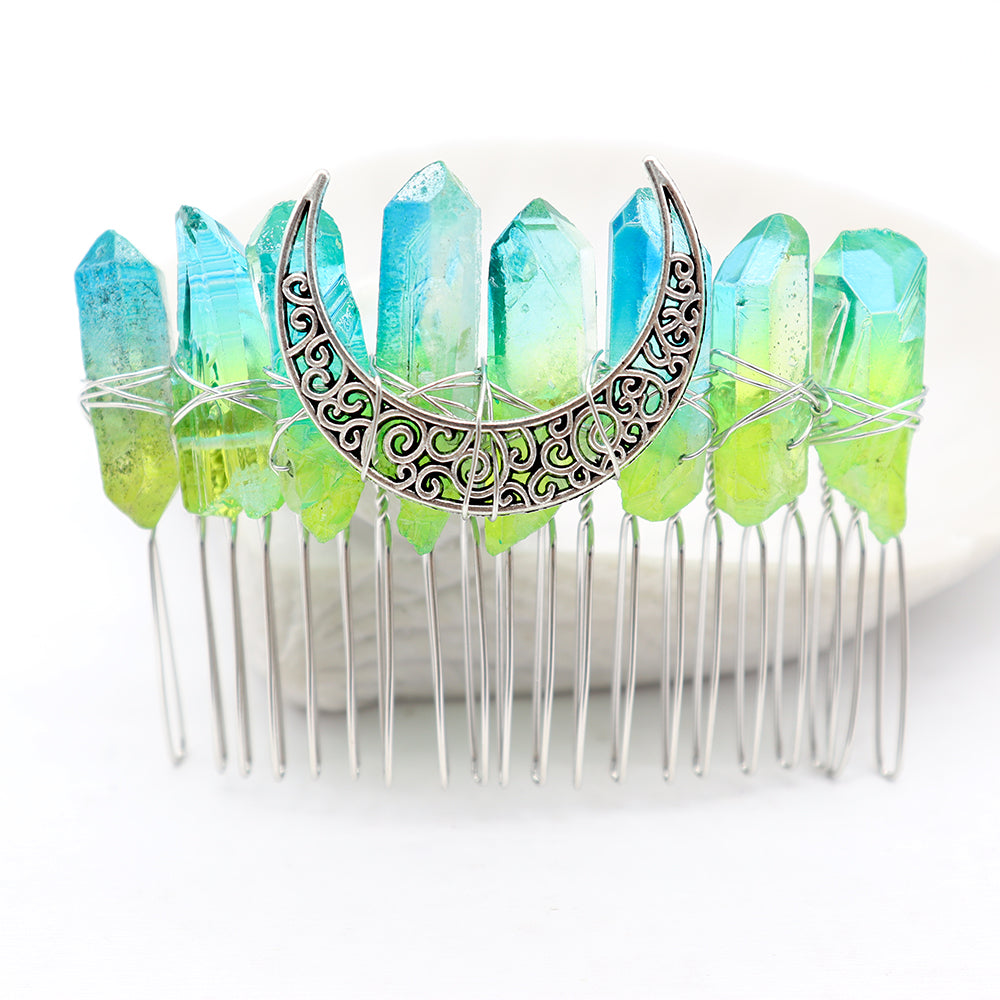
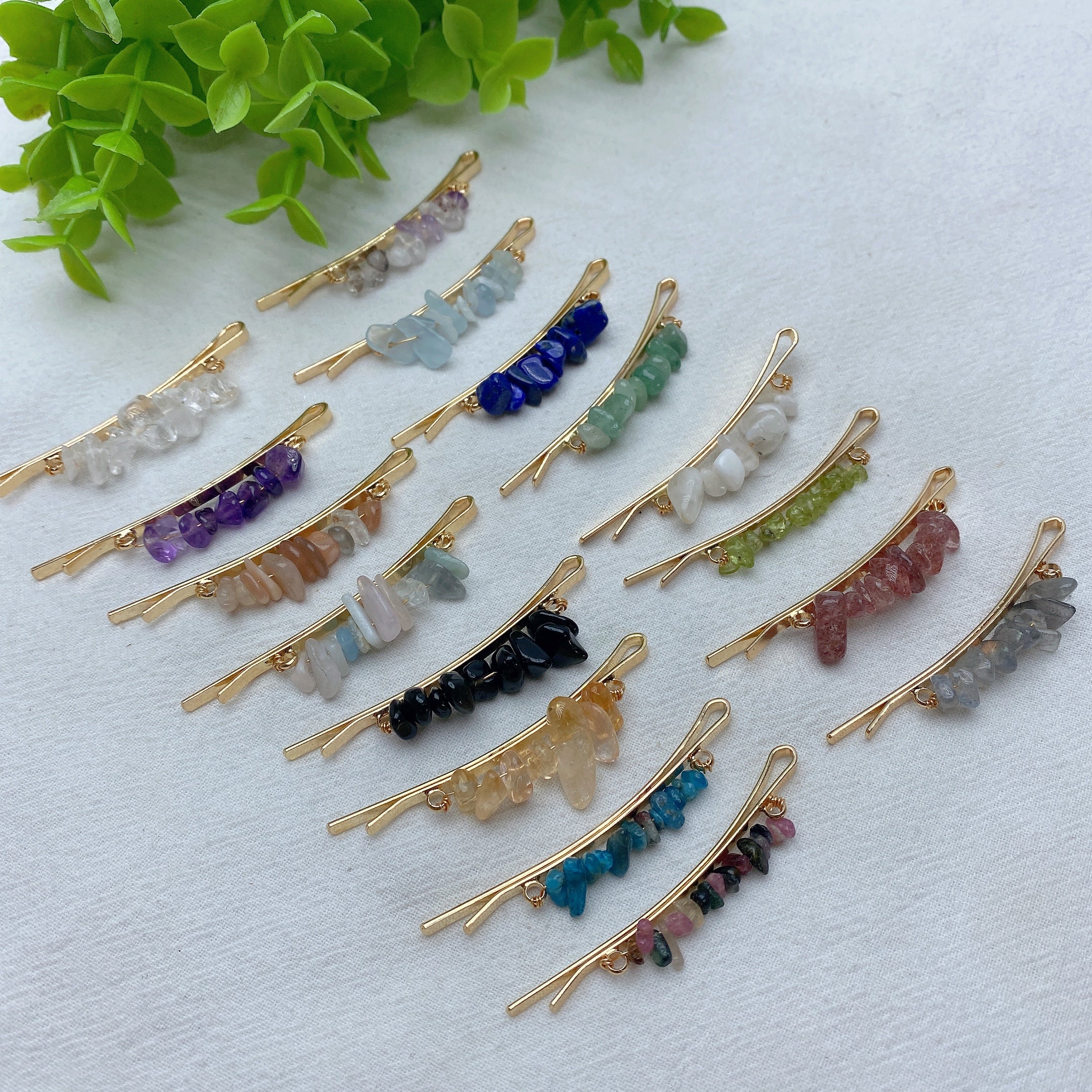
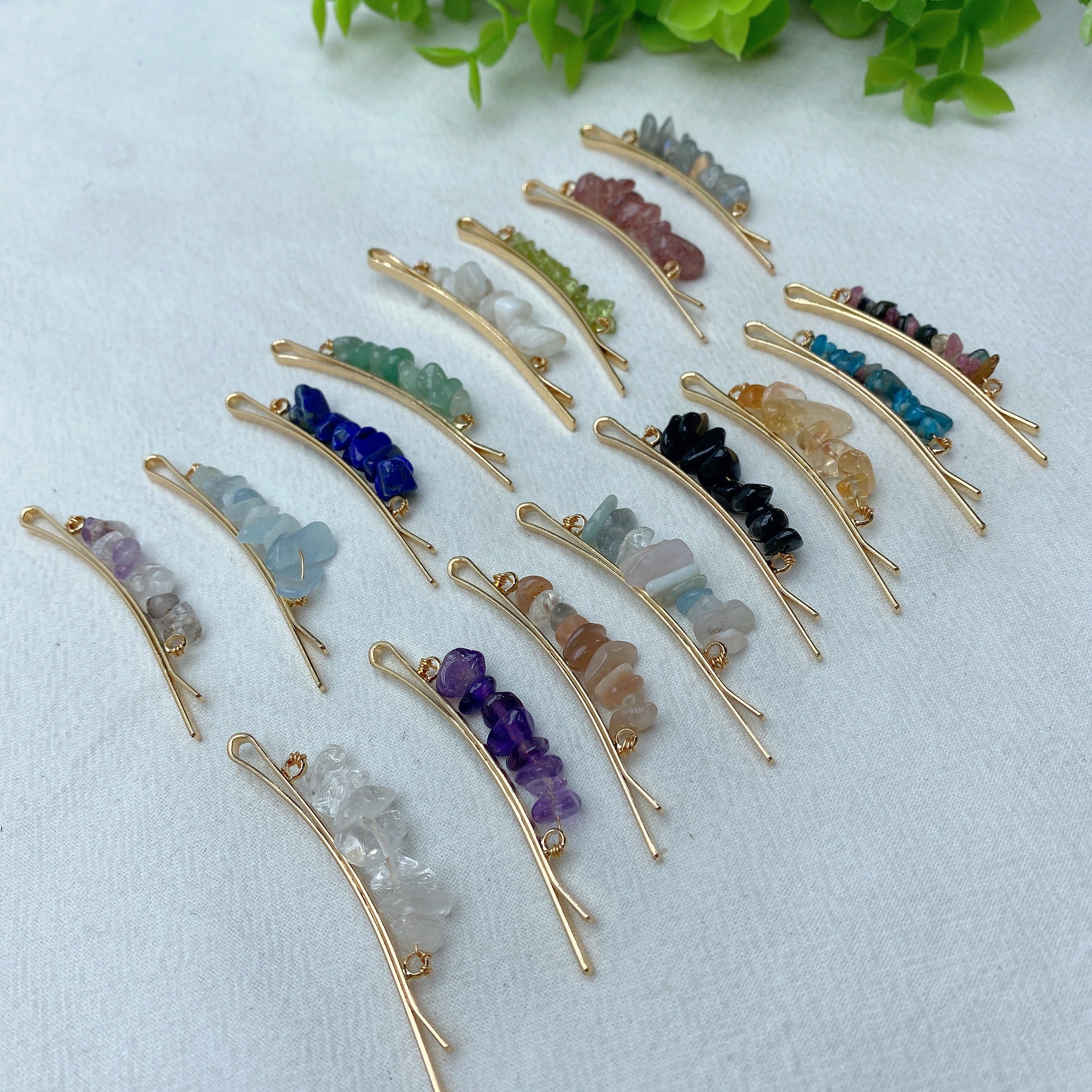
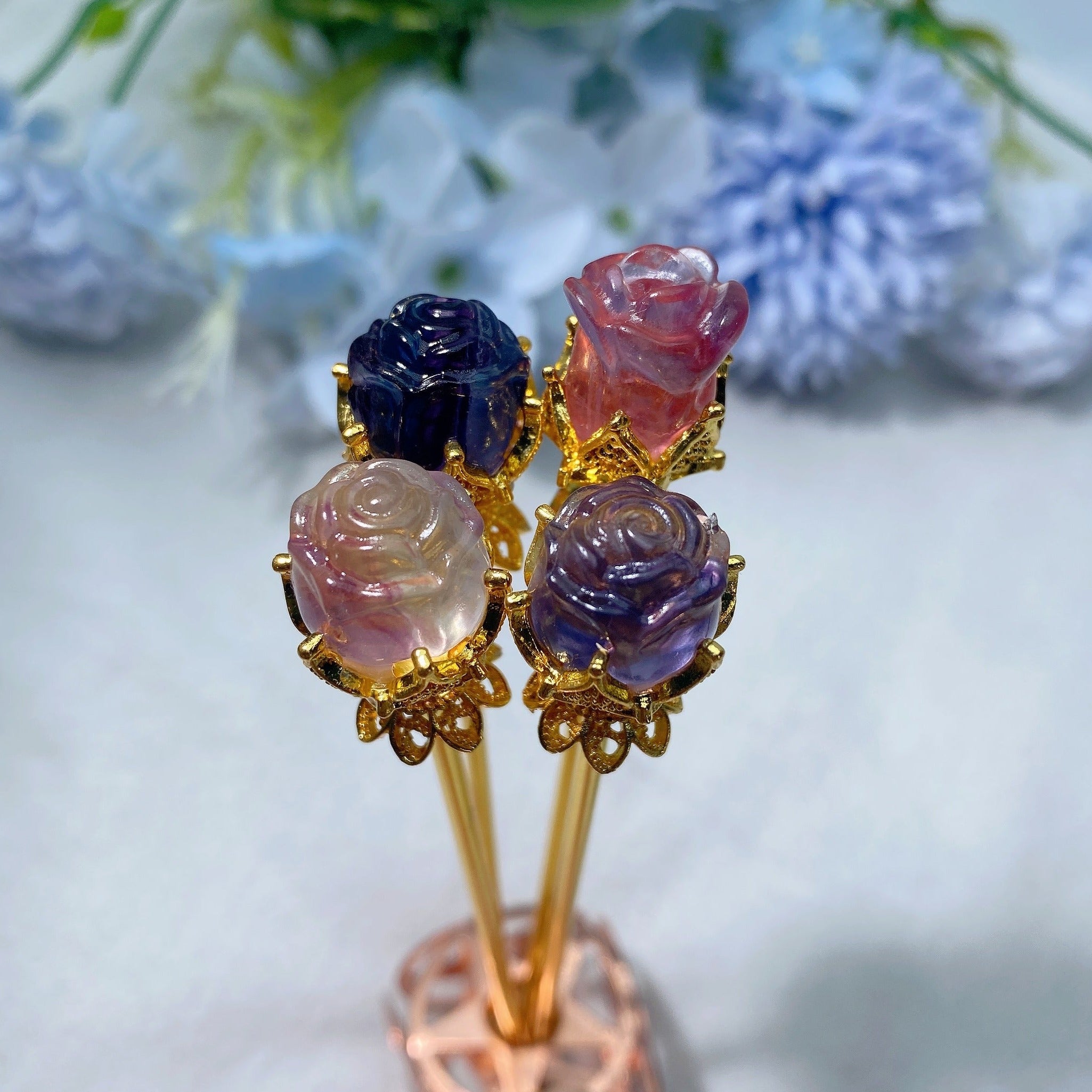
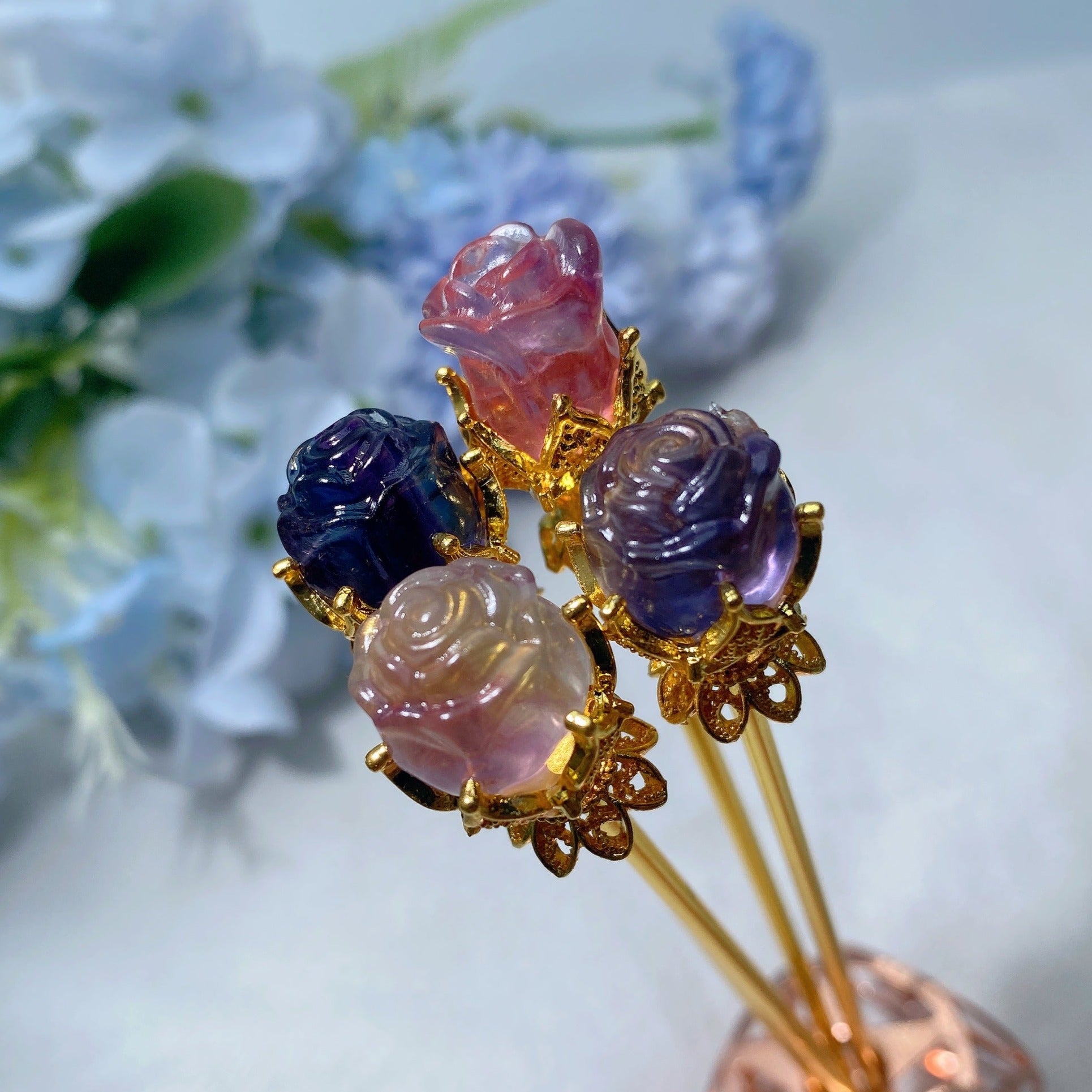
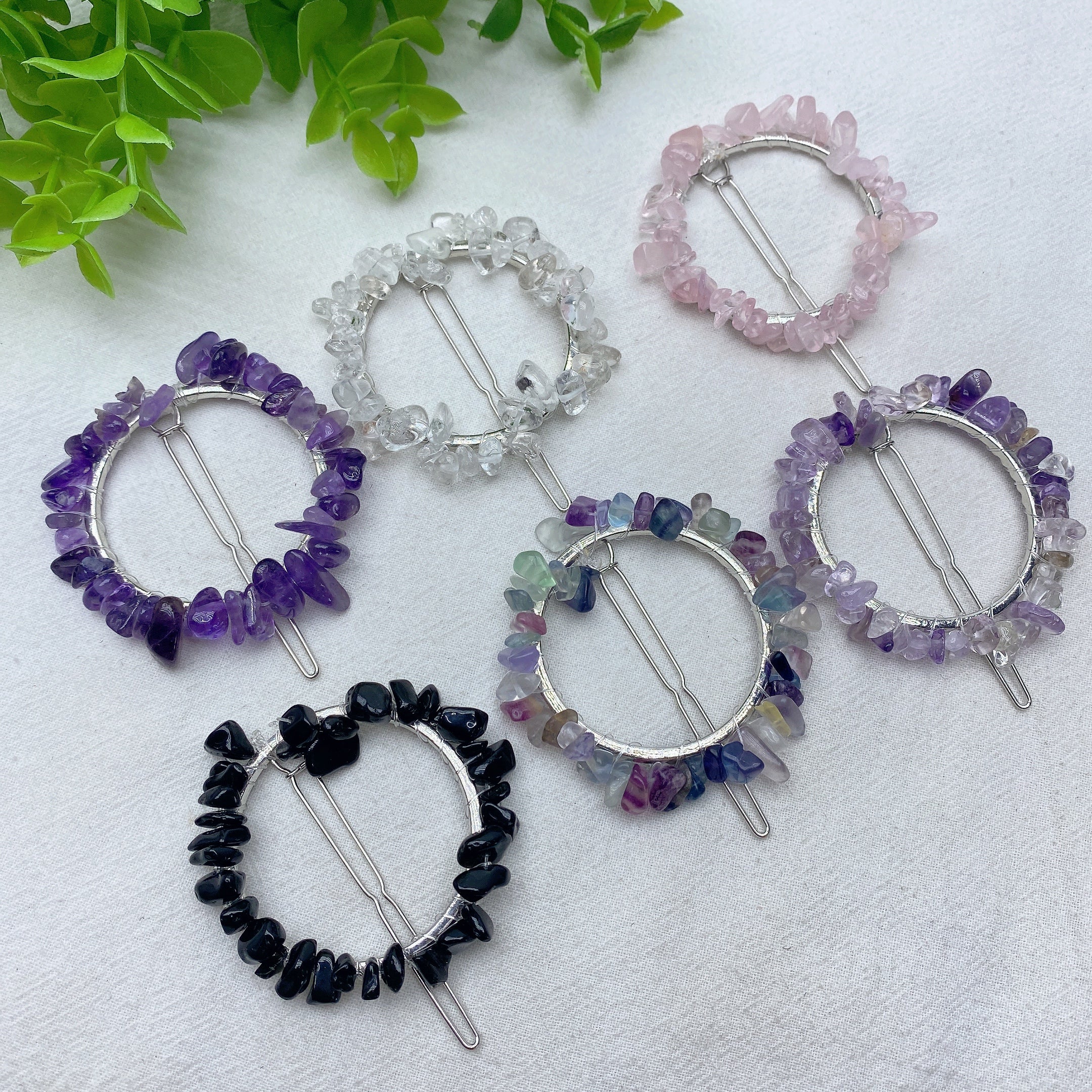
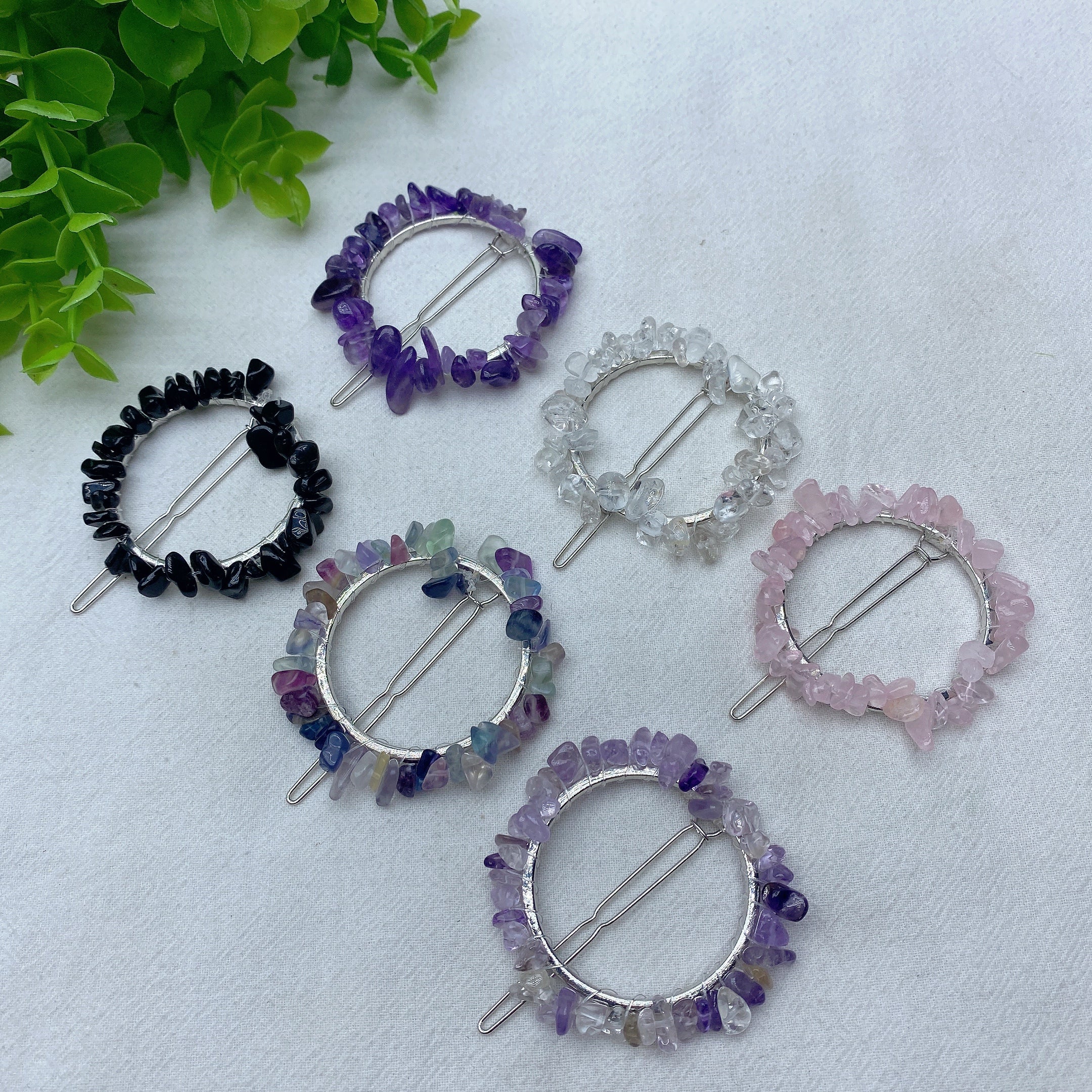
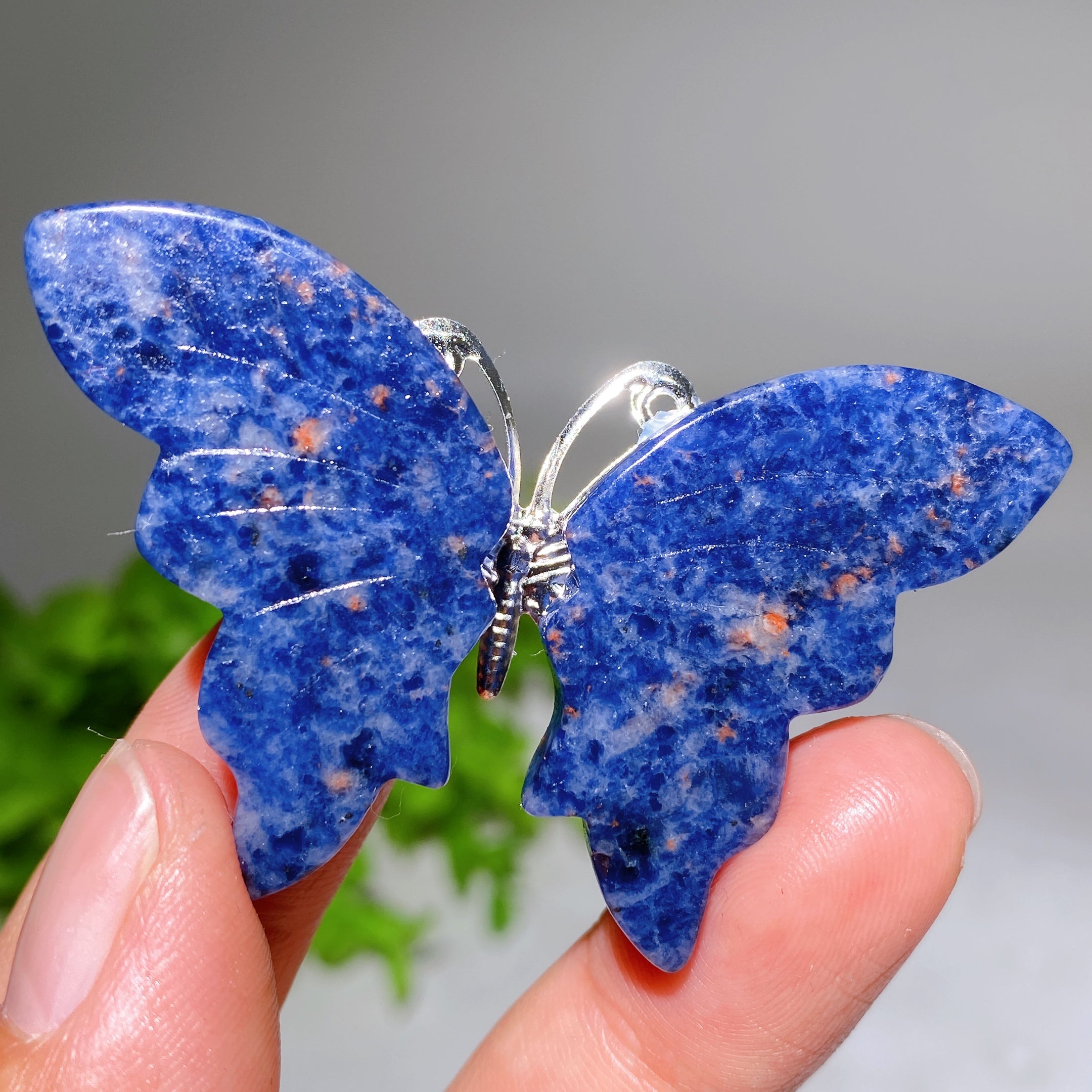
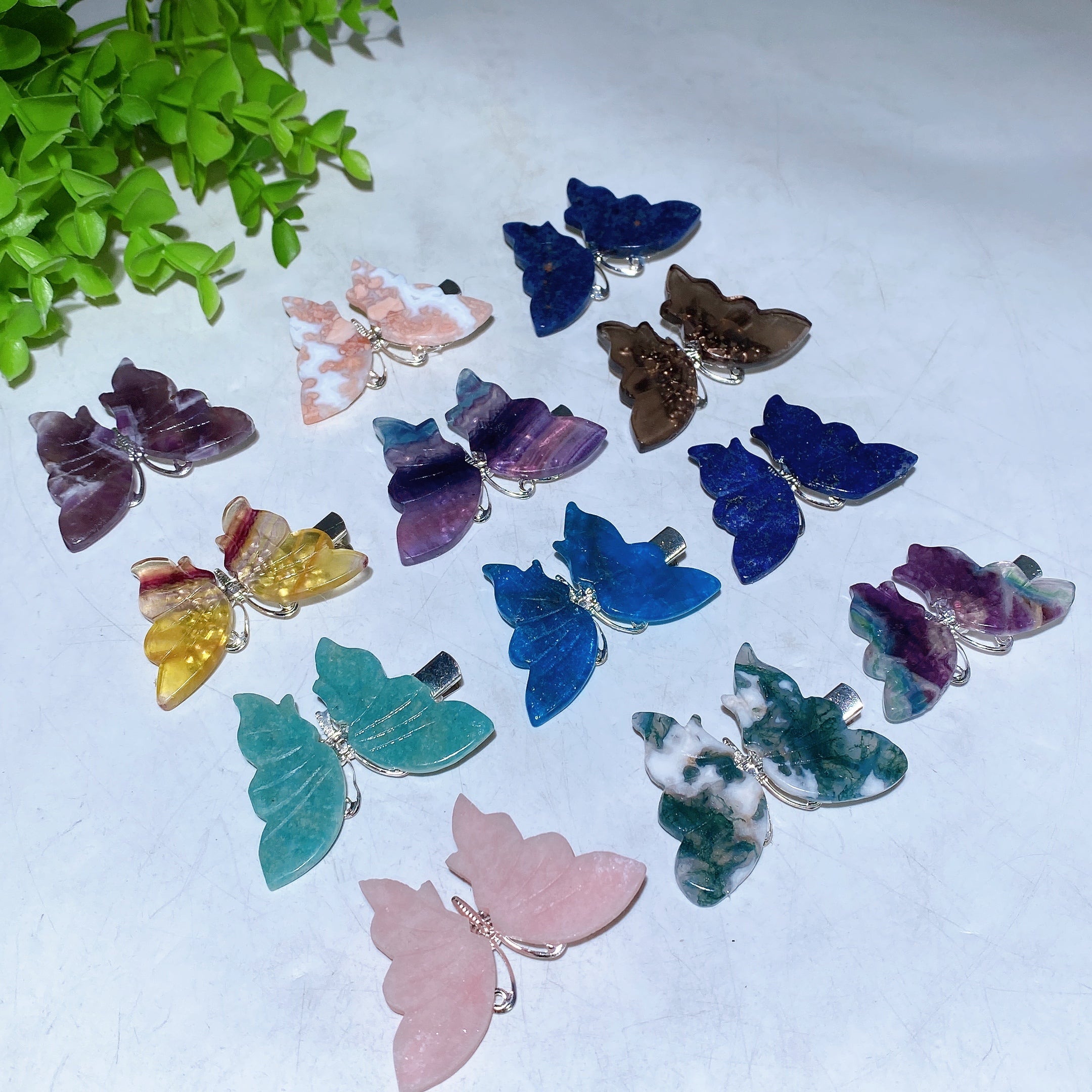
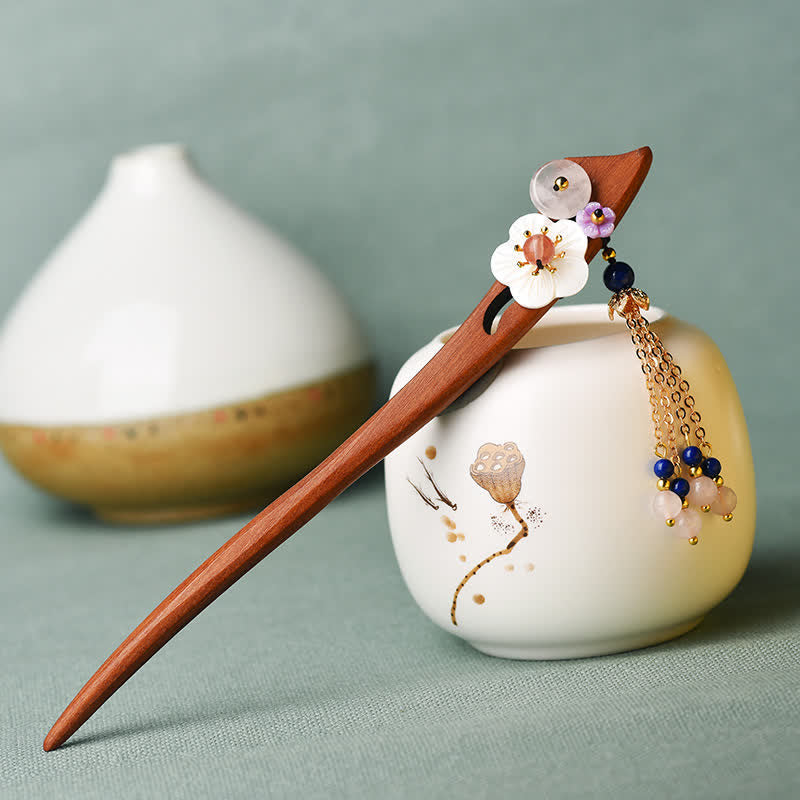
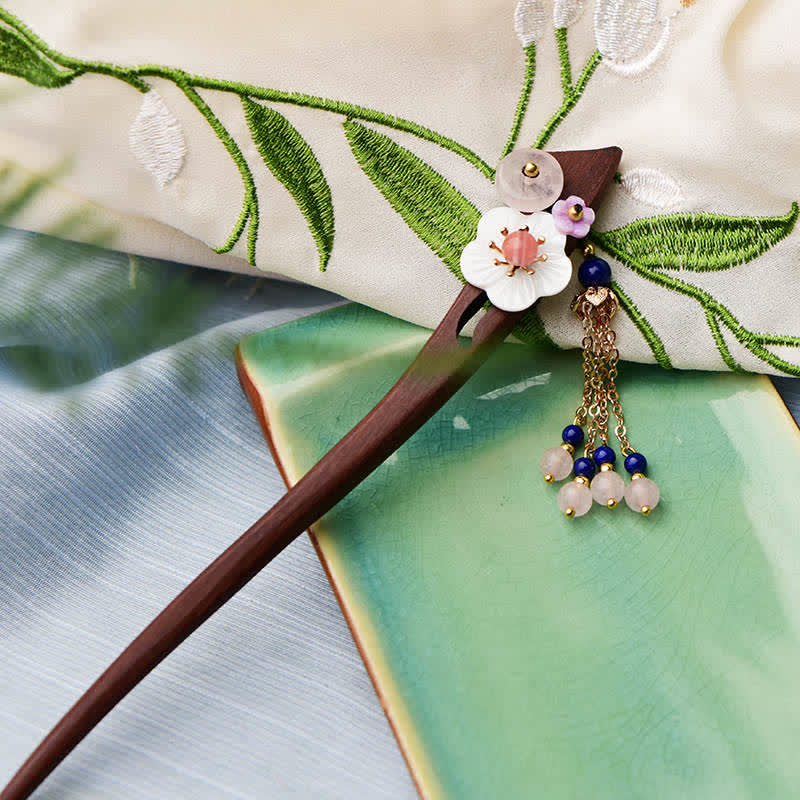
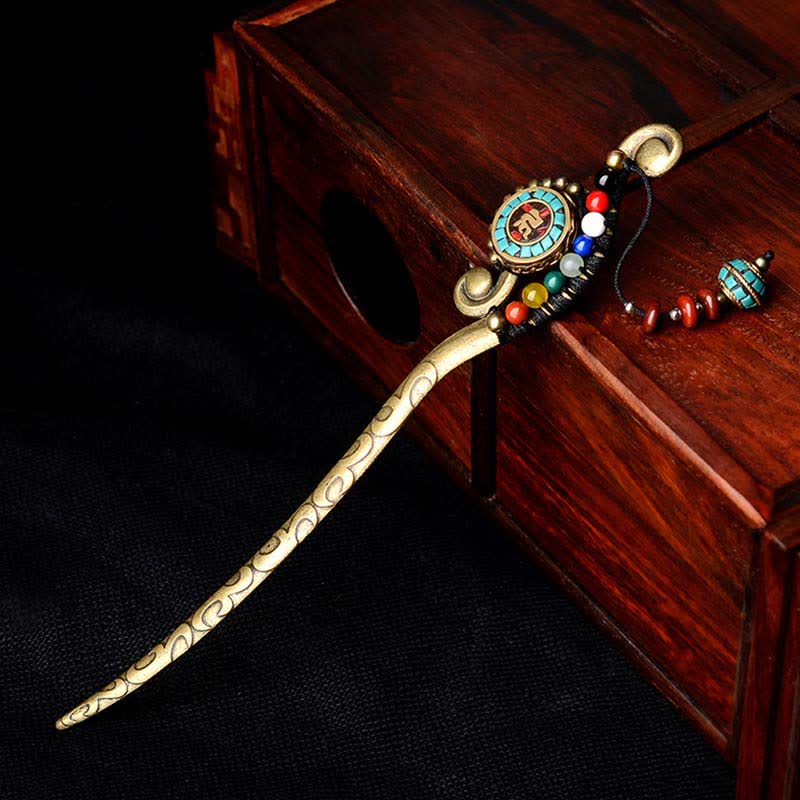
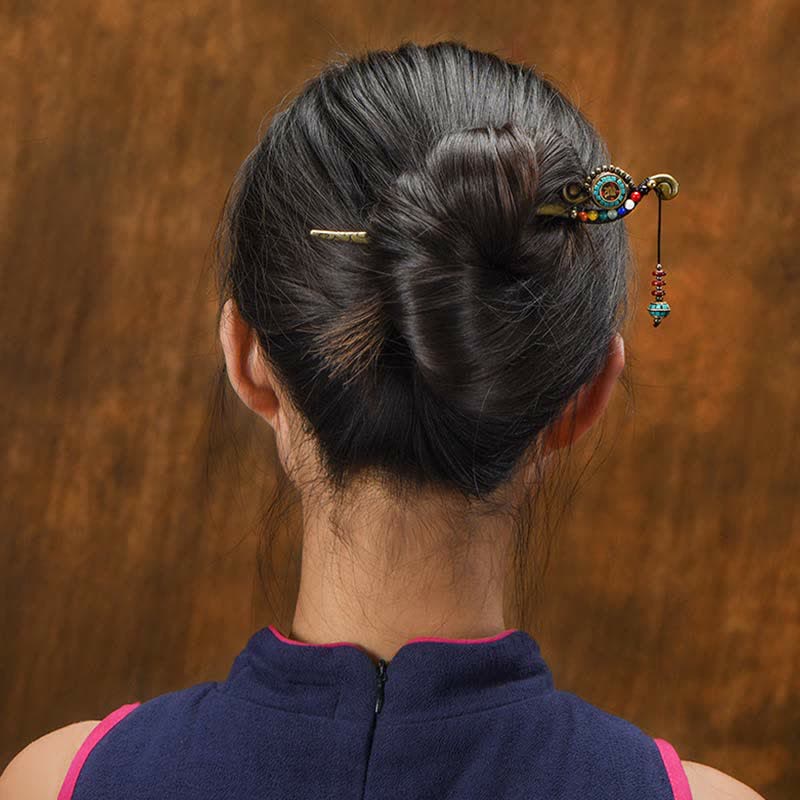
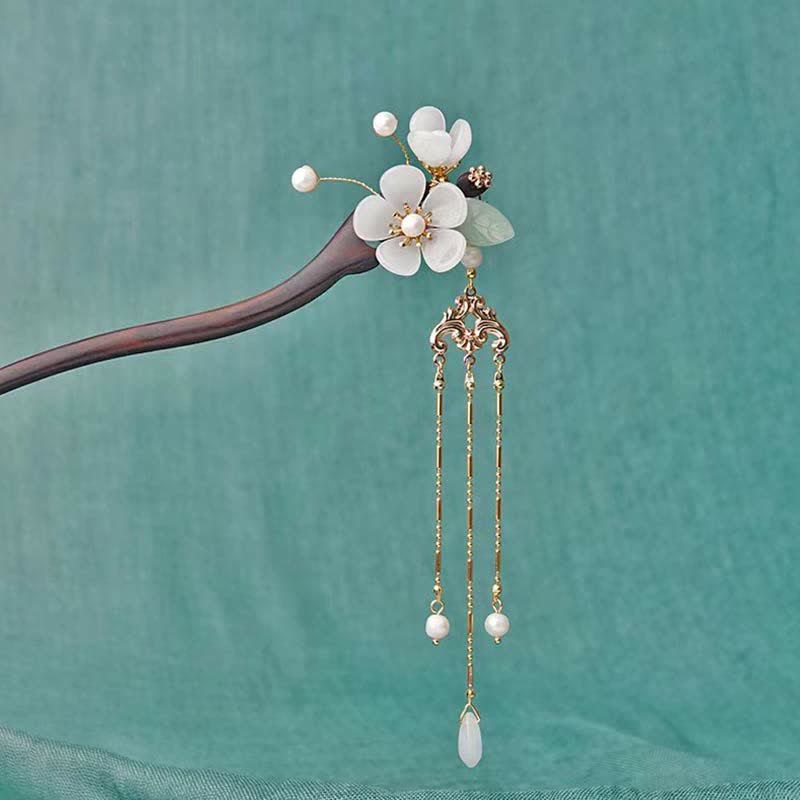
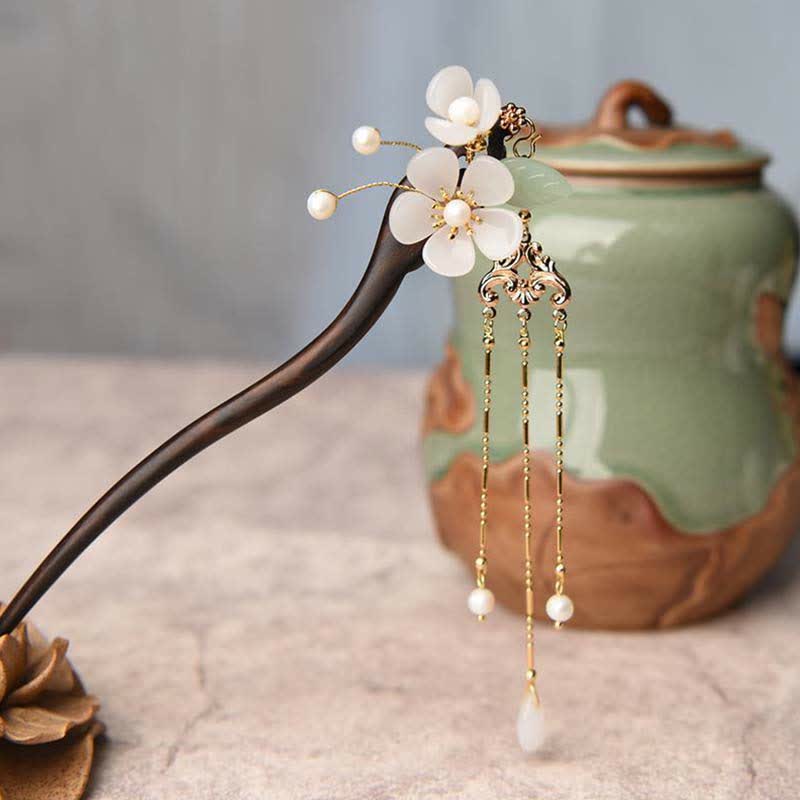
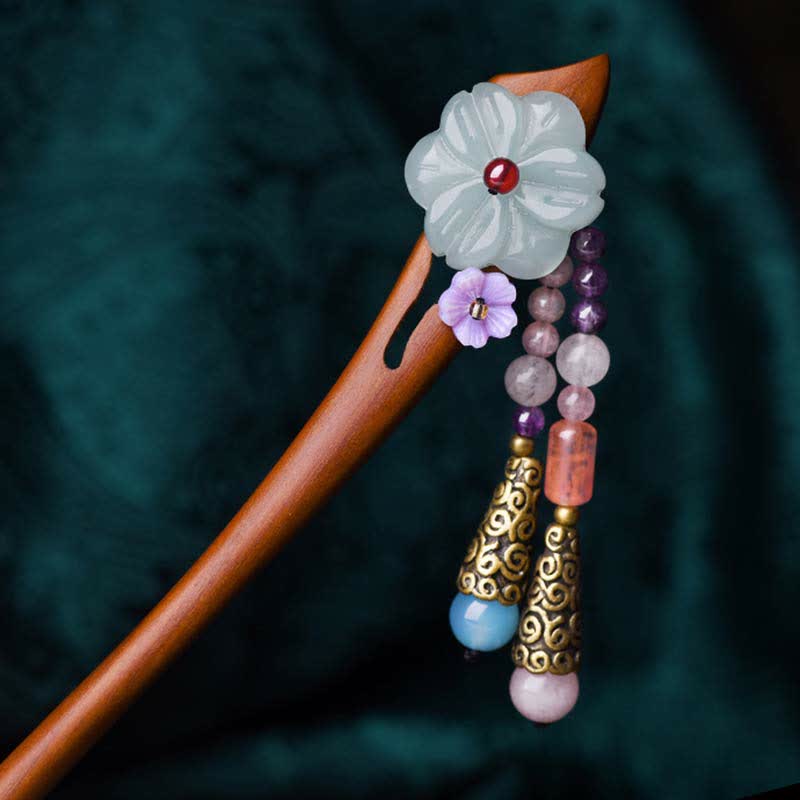

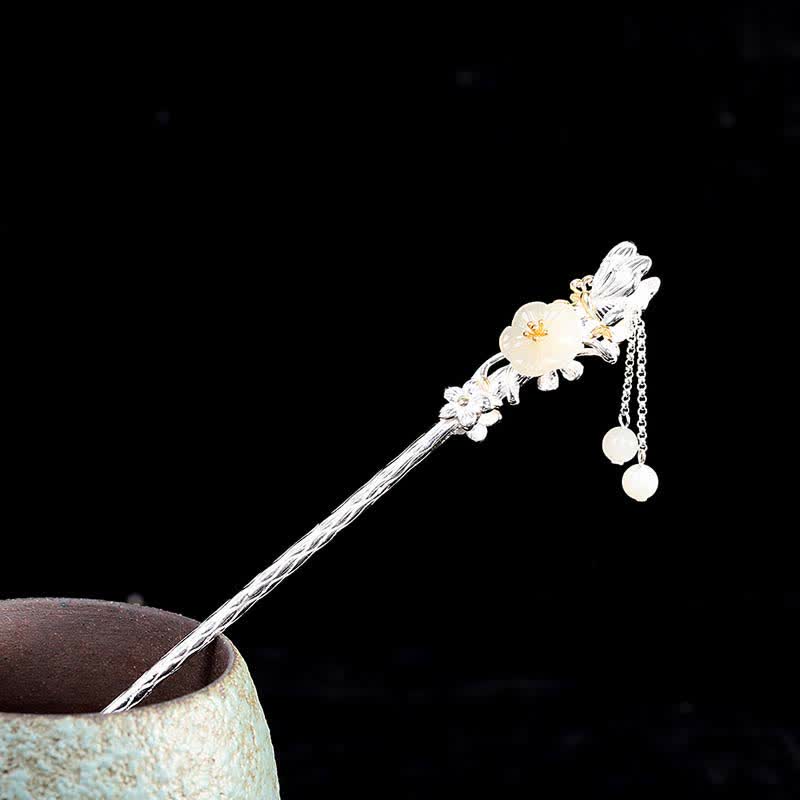
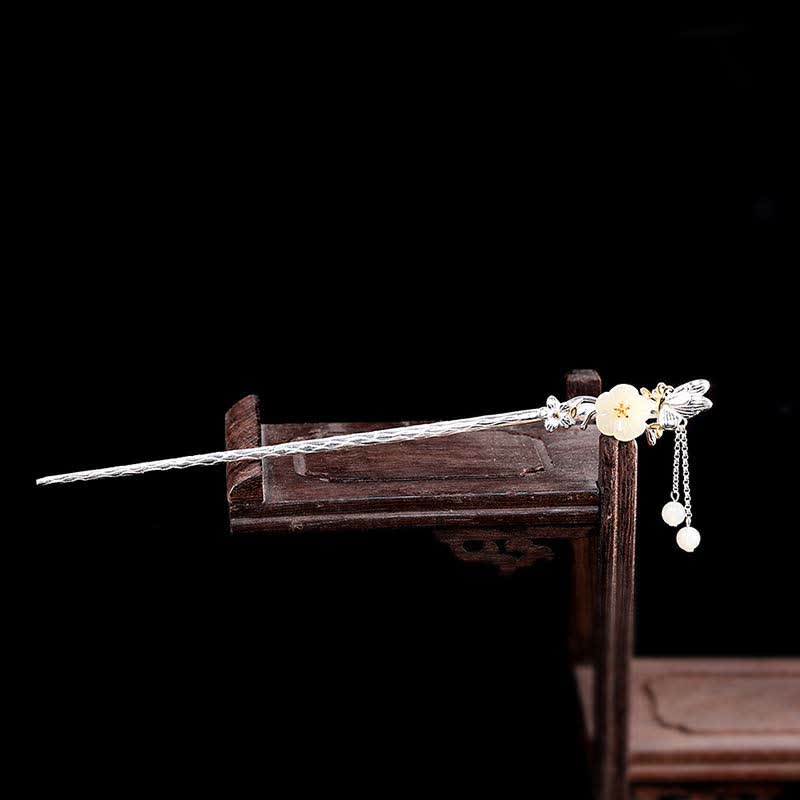

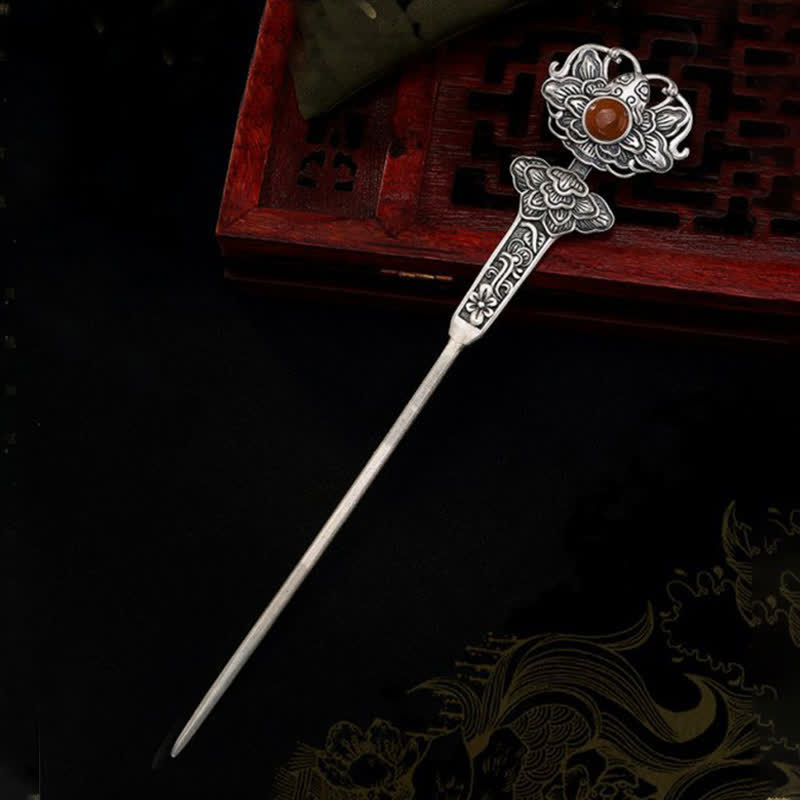
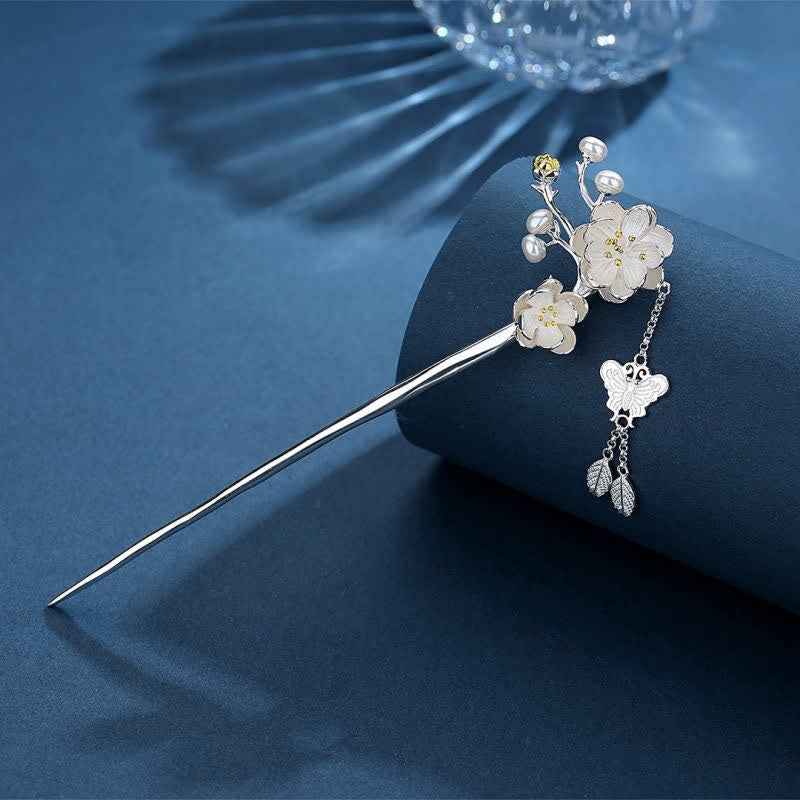
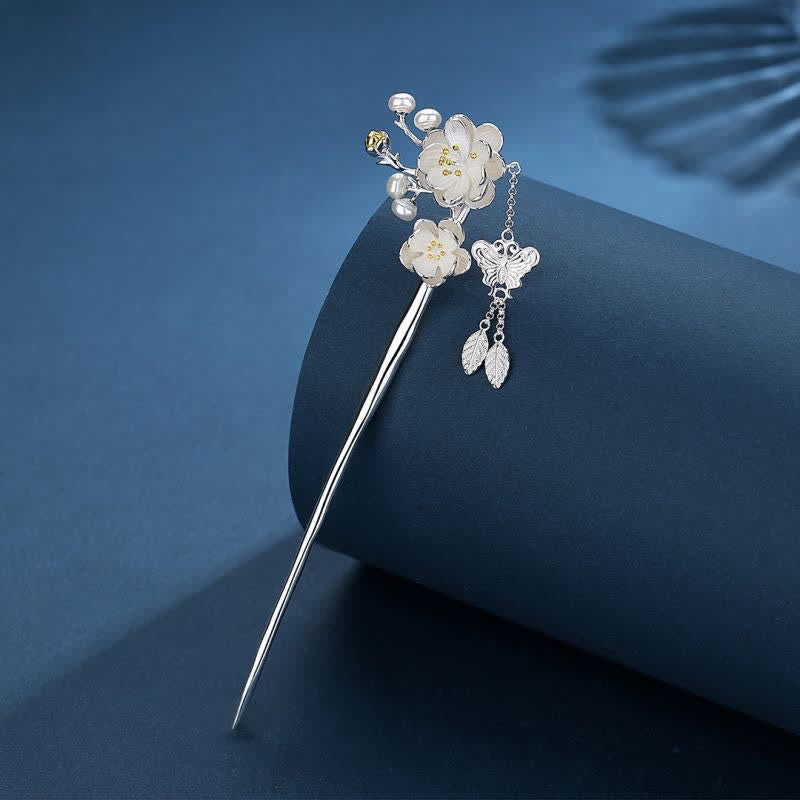
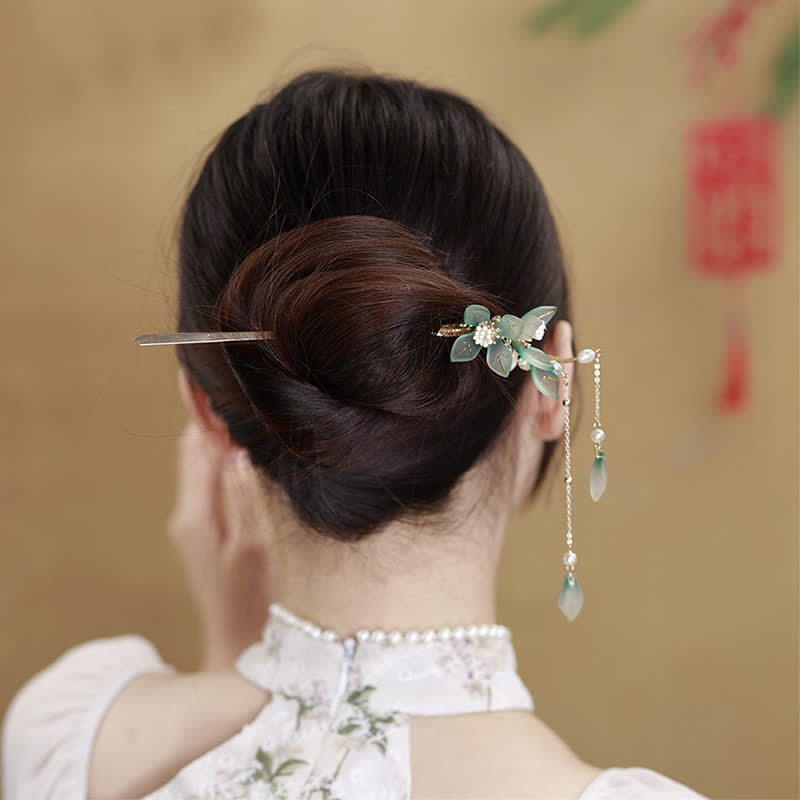
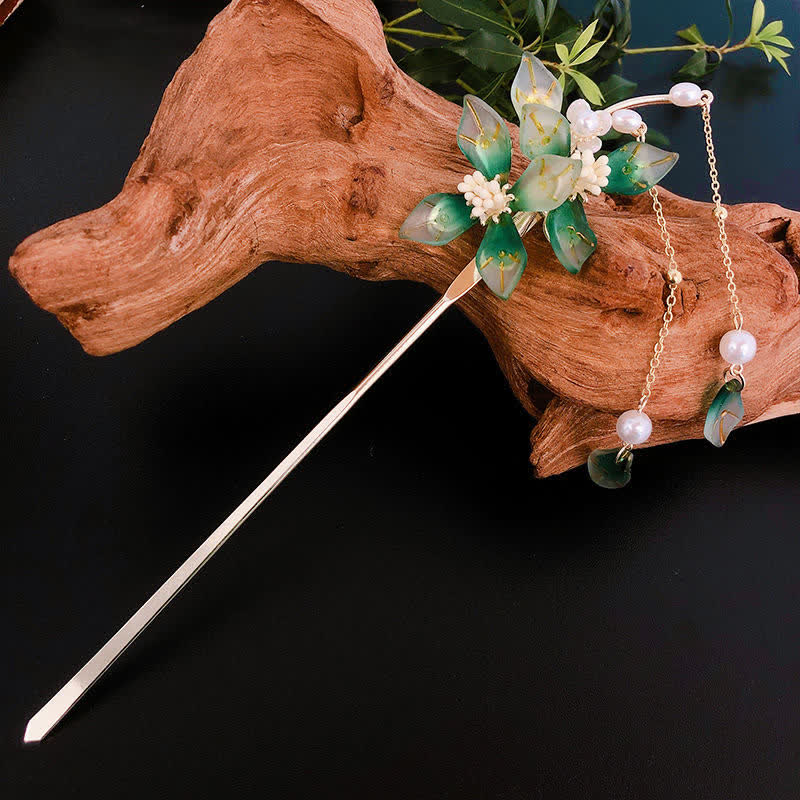
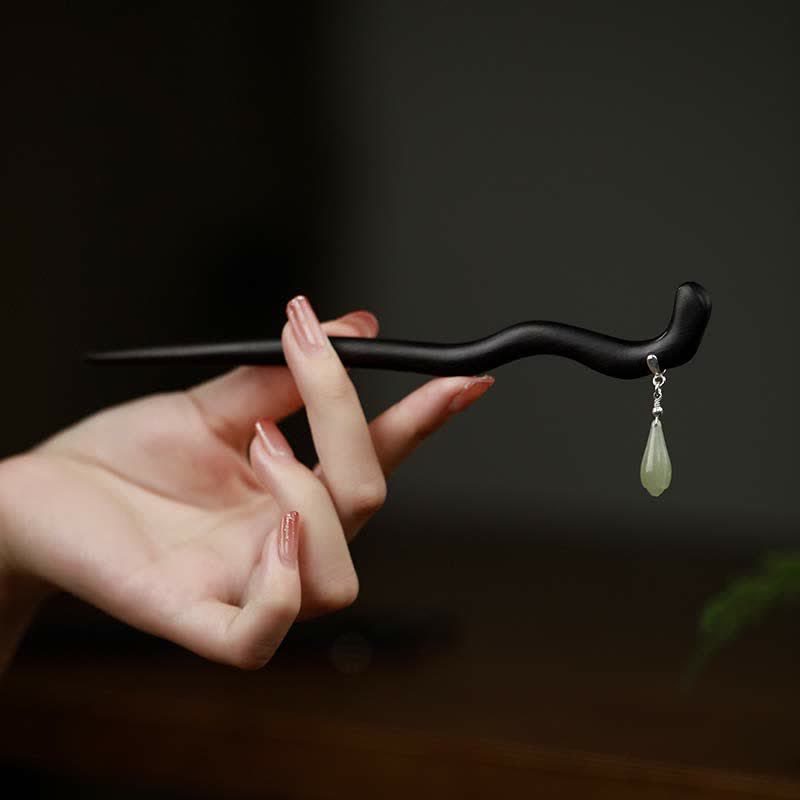
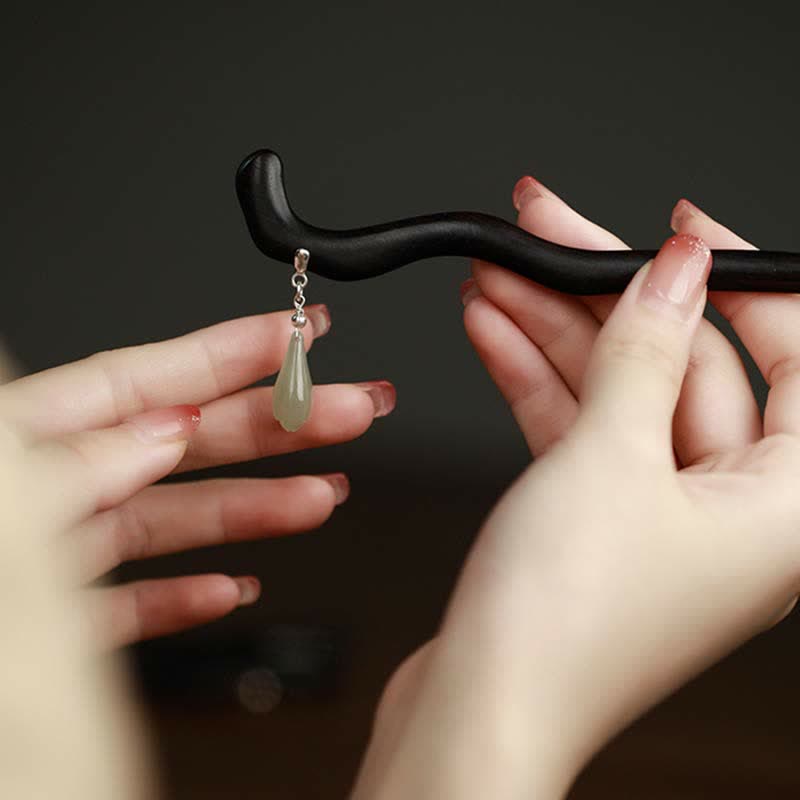
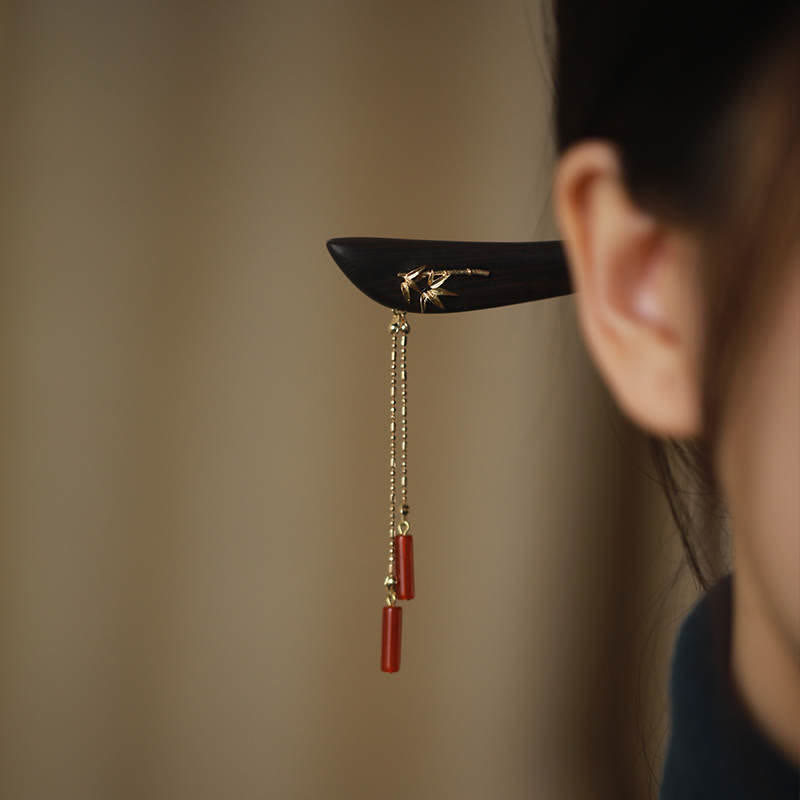
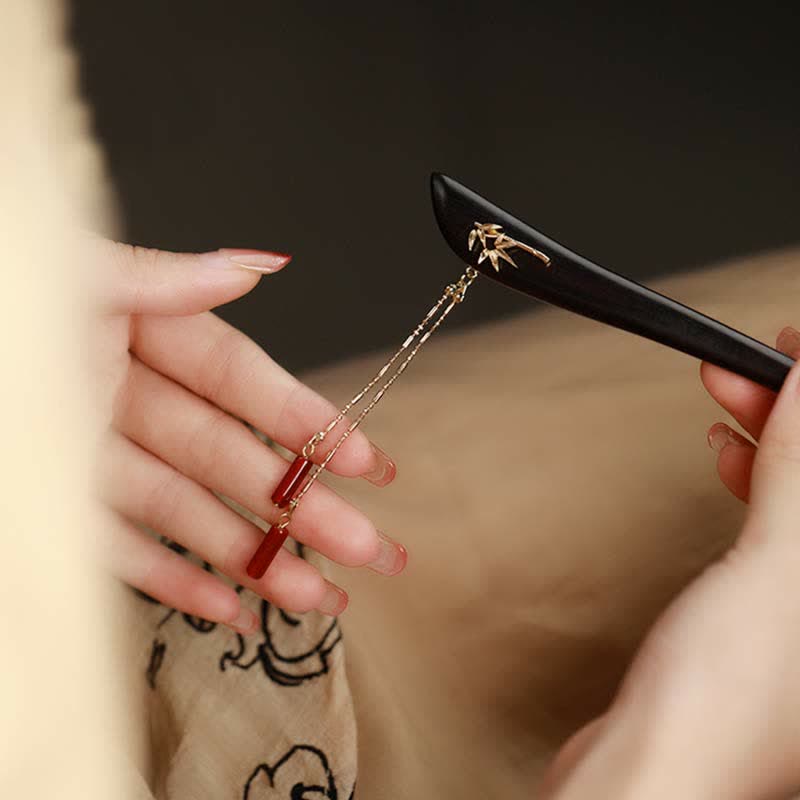
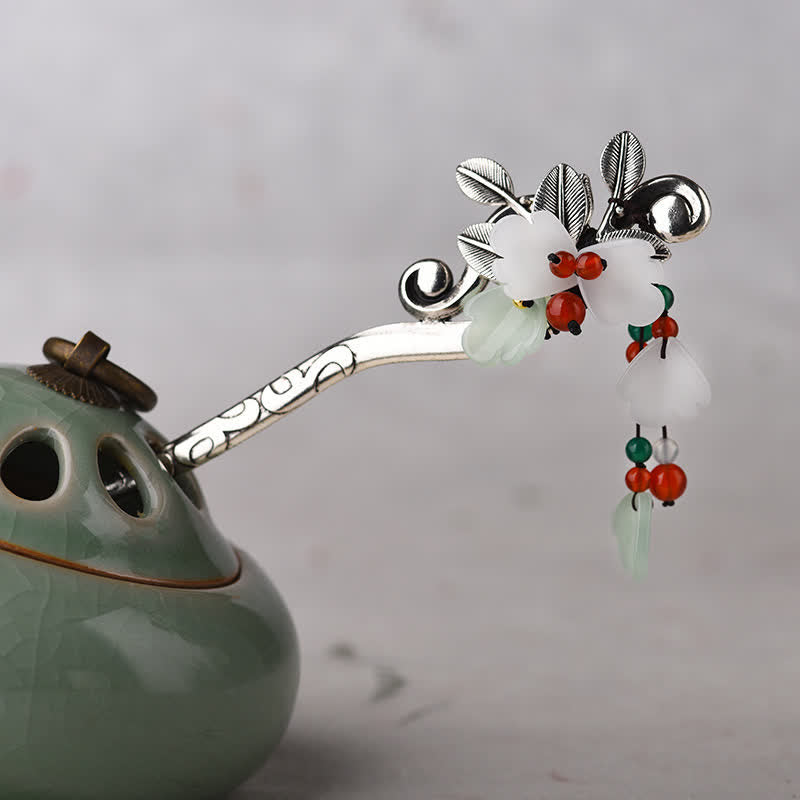
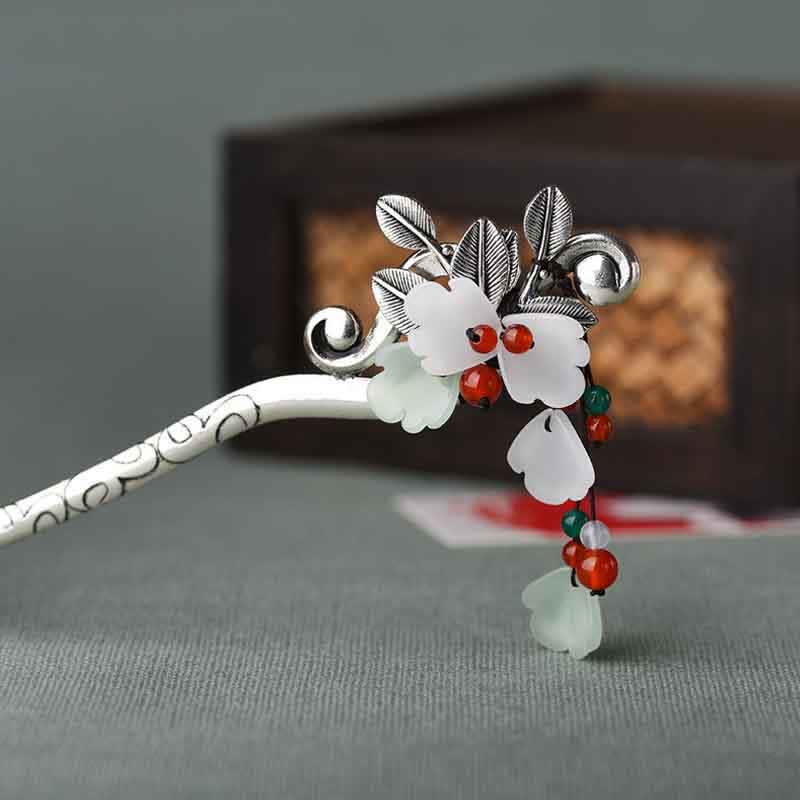
Entdecken Sie die zeitlose Eleganz und tiefe Symbolik unserer exquisiten Kollektion chinesischer Haarnadeln . Jedes Stück ist mehr als nur ein Accessoire; es ist ein Hauch von Geschichte, ein Zeichen kulturellen Erbes und ein einzigartiger spiritueller Schmuck, der Ihre Anwesenheit schmückt.
Bei Healing Sounds laden wir Sie ein, diese komplexen Schätze zu erkunden und sich mit Traditionen zu verbinden, die seit Jahrhunderten Schönheit und Bedeutung feiern.
Die zeitlose Eleganz chinesischer Haarnadeln
Chinesische Haarnadeln, oder Haarnadeln im chinesischen Stil, sind nicht nur Werkzeuge zum Befestigen von Haaren; sie sind Miniaturskulpturen, die von jahrhundertelanger Kunstfertigkeit und kulturellen Erzählungen durchdrungen sind. Ihr Reiz liegt in ihrer filigranen Handwerkskunst und den reichen Geschichten, die sie in sich tragen, was sie zu einer faszinierenden Wahl für alle macht, die einzigartigen spirituellen Schmuck suchen.
Diese Verzierungen zierten die Frisuren von Frauen und Männern im Laufe der chinesischen Geschichte. Ihr Design entwickelte sich stetig weiter, doch sie symbolisierten stets Eleganz, Status und persönlichen Ausdruck. Die anhaltende Anziehungskraft traditioneller chinesischer Haarnadeln inspiriert weiterhin und verbindet alte Ästhetik mit der zeitgenössischen Wertschätzung bedeutungsvoller Schönheit.
Ein in die Zeit eingraviertes Erbe – Die Geschichte der chinesischen Haarnadelkurven verstehen
Die Geschichte chinesischer Haarnadeln ist eine lange und faszinierende Reise, die die künstlerischen und gesellschaftlichen Veränderungen der verschiedenen Dynastien widerspiegelt. Das Verständnis dieses Erbes ermöglicht eine tiefere Wertschätzung jedes einzelnen Stücks.
Ursprünge und Evolution in der Antike
Haarnadeln gibt es in China seit Tausenden von Jahren. Frühe Exemplare wurden aus Knochen, Holz oder Stein gefertigt. Diese ursprünglichen Formen waren vor allem funktional, doch mit der Weiterentwicklung des Handwerks wuchs auch ihre dekorative und symbolische Bedeutung. Die Weiterentwicklung von Materialien und Techniken ermöglichte immer komplexere Designs und verwandelte einfache Nadeln in begehrten kulturellen Haarschmuck .
Im Laufe der Zeit wurden diese Verzierungen zu einem festen Bestandteil der chinesischen Haarnadelgeschichte . Sie markierten wichtige Meilensteine im Leben eines Menschen und spiegelten das ästhetische Empfinden verschiedener Epochen wider. Die Entwicklung der Metallurgie führte beispielsweise zu Materialien wie Bronze, Silber und Gold und damit zu kunstvolleren und haltbareren Kreationen.
Dynastische Stile und Bedeutung
Verschiedene Dynastien in China brachten unterschiedliche Stile und Vorlieben für Haarnadeln hervor. Haarnadeln der Tang-Dynastie beispielsweise waren oft opulent und kunstvoll gestaltet und spiegelten den Wohlstand und die Offenheit der Epoche für vielfältige kulturelle Einflüsse wider. Stücke der Song-Dynastie wiesen oft eine raffiniertere und subtilere Eleganz auf, während Haarnadeln der Ming- und Qing-Dynastie oft filigrane Verzierungen, Edelsteineinlagen und symbolische Motive aufwiesen.
Der Stil einer antiken chinesischen Haarnadel konnte auf die soziale Stellung, den Familienstand oder sogar die regionale Herkunft des Trägers hinweisen. Bestimmte Designs waren dem Königshaus oder Adel vorbehalten und machten sie zu starken Symbolen der Identität und Hierarchie in der antiken chinesischen Gesellschaft.
Enthüllung der Symbolik von Haarnadeln in China
Die Symbolik von Haarnadeln in China ist reich und vielschichtig und geht weit über einfache Dekoration hinaus. Diese Objekte waren und sind Träger einer tiefen persönlichen und kulturellen Bedeutung.
Zeichen der Zuneigung, Status und Identität
Historisch gesehen waren Haarnadeln bedeutende Geschenke. Ein junger Mann schenkte seiner Geliebten eine Haarnadel als Zeichen der Verlobung oder Zuneigung. Wenn ein Mädchen bei einer Zeremonie zum Erwachsenwerden, bekannt als „ji li“ (笄禮), erstmals eine Haarnadel verwendete, um ihr Haar zusammenzubinden, markierte dies ihren Übergang zum Erwachsenenalter. Art und Material der getragenen Haarnadel zeigten zudem deutlich sozialen Status und Reichtum an.
Die Bedeutung dieser chinesischen Haarnadeln war weithin bekannt und machte sie zu einem stillen Ausdruck persönlicher Umstände und sozialer Bindungen. Antike chinesische Haarnadeln tragen diese vielschichtigen Geschichten oft in ihrem Design.
Spirituelle Bedeutungen und ritueller Gebrauch
Über soziale Bräuche hinaus hatten manche Haarnadeln eine spirituelle Bedeutung oder wurden in bestimmten Ritualen verwendet. In die Haarnadeln geschnitzte oder eingearbeitete Motive wie Drachen, Phönixe, Fledermäuse oder bestimmte Blumen trugen glückverheißende Bedeutungen in sich und sollten Glück, Schutz oder Fruchtbarkeit bringen. Dieser rituelle Haarschmuck verband den Träger mit einem umfassenderen kosmologischen Verständnis.
Die sorgfältige Auswahl einer Haarnadel für einen bestimmten Anlass, wie Hochzeiten oder wichtige Zeremonien, unterstrich ihre Rolle bei der Anrufung positiver Energien und der Ehrung uralter Traditionen. Viele glaubten, dass diese Objekte spirituelle Energie kanalisieren könnten, was sie zu einer Art energetischem Schmuck machte.
Die Vielfalt traditioneller chinesischer Haarnadeln entdecken
Die Welt der traditionellen chinesischen Haarnadeln ist riesig und bietet eine beeindruckende Vielfalt an Materialien, Designs und Formen. Jedes Element trägt zum einzigartigen Charakter und der Geschichte der Haarnadel bei.
Materialien von Jade bis Gold
Chinesische Kunsthandwerker verwendeten zur Herstellung von Haarnadeln ein breites Spektrum an Materialien. Jade, in der chinesischen Kultur wegen seiner schützenden Eigenschaften und Schönheit hoch geschätzt, war eine häufige Wahl. Holz, oft kunstvoll geschnitzt, strahlte eine natürliche und subtile Eleganz aus, wie viele handgefertigte Haarstäbe aus Holz zeigen. Metalle wie Silber und Bronze wurden häufig verwendet, während eine chinesische Haarnadel aus Gold Reichtum und hohen Status signalisierte.
Weitere Materialien waren Elfenbein (historisch), Eisvogelfedern (bekannt für ihren leuchtenden Blauton), Perlen, Korallen und verschiedene Edelsteine. Die Materialwahl spiegelte oft nicht nur das Können des Handwerkers, sondern auch die beabsichtigte Symbolik und den Wert des Schmuckstücks wider. Unsere Kollektion bei Healing Sounds legt Wert auf ethisch einwandfreie und hochwertige Materialien, um sicherzustellen, dass jede Haarnadel authentische Schönheit ausstrahlt.
Gemeinsame Motive und ihre Bedeutungen
Die dekorativen Motive auf chinesischem Haarschmuck sind tief symbolisch. Drachen stehen oft für Macht, Glück und Schutz, insbesondere für Männer, während Phönixe Schönheit, Anmut und Kaiserstatus symbolisieren. Blumen wie die Pfingstrose können Reichtum und Ehre symbolisieren, Pflaumenblüten stehen für Widerstandsfähigkeit und Schönheit und Lotusblumen für Reinheit.
Schmetterlinge symbolisieren Liebe und Langlebigkeit, und Fledermäuse gelten als überraschend glückverheißend und stehen aufgrund ihrer ähnlichen Aussprache für Glück. Das Verständnis dieser Motive verleiht diesen kulturellen Haarschmuckstücken eine weitere Wertschätzung und ermöglicht es dem Träger, sich mit bestimmten Absichten oder Energien zu verbinden.
Arten chinesischer Haarnadeln von Fa Zan bis Ji
Es gibt verschiedene Begriffe und Typen im Zusammenhang mit chinesischen Haarnadeln. „Zan“ (簪) ist ein allgemeiner Begriff für Haarnadel. „Fa Zan“ (髮簪) ist ein gängiger Typ, oft eine einzelne Nadel. „Chai“ (釵) bezeichnet eine Haarnadel mit zwei Zinken, die oft bei aufwendigen Frisuren sicherer sitzt und manchmal als Symbol der Verbundenheit zwischen Liebenden verwendet wird, da sie in zwei Teile geteilt werden kann.
Die Haarnadel „Ji“ (笄) war, wie bereits erwähnt, ein zentraler Bestandteil der Zeremonie zur Volljährigkeit junger Frauen. Die verschiedenen Arten, jede mit ihrer eigenen Geschichte und Verwendung, zeigen die Vielfalt dieser Schmuckkategorie. Einige chinesische Vintage-Accessoires in unserer Kollektion spiegeln diese traditionellen Formen wider.
Chinesische Haarnadeln in der modernen Schmuckkunst
Chinesische Haarnadeln sind tief in der Geschichte verwurzelt und finden in der zeitgenössischen Mode und spirituellen Praktiken neues Leben. Ihre zeitlose Schönheit und symbolische Tiefe treffen auf moderne Empfindungen.
Styling chinesischer Haarnadeln für Dutts und moderne Looks
Chinesische Haarnadeln sind für moderne Frisuren bemerkenswert vielseitig. Sie eignen sich perfekt als Haarnadeln für Dutts und verleihen einer klassischen Hochsteckfrisur eine elegante und sichere Note. Eine einzelne, auffällige Haarnadel kann einen einfachen Twist oder Chignon in ein Statement raffinierten Stils verwandeln. Sie können in Flechtfrisuren integriert oder zum Fixieren von Hochsteckfrisuren verwendet werden.
Der Schlüssel liegt darin, eine Haarnadel zu wählen, die zu Ihrem Haartyp und dem gewünschten Look passt. Ob Sie einen minimalistischen Akzent oder eine aufwendigere Verzierung anstreben, diese Stücke bieten eine einzigartige Möglichkeit, Ihren persönlichen Stil mit einem Hauch kultureller Vielfalt auszudrücken.
Chinesische Haarnadeln als einzigartiger spiritueller Schmuck heute
Für Menschen, die sich zu Spiritualität und einem achtsamen Leben hingezogen fühlen, kann eine chinesische Haarnadel mehr als nur ein schönes Objekt sein. Sie kann als einzigartiger spiritueller Schmuck dienen, ein persönlicher Talisman, der bestimmte Energien oder Absichten in sich trägt. Die Wahl des Materials, wie Jade für Harmonie, Rosenholz für Erdung oder ein Motiv wie ein Lotus für Reinheit, kann den spirituellen Weg des Menschen unterstützen.
Wir bei Healing Sounds glauben, dass Schmuck und Verzierungen kraftvolle Werkzeuge zur Selbstdarstellung und Verbundenheit sein können. Unsere sorgfältig zusammengestellte Auswahl chinesischer Haarnadeln spiegelt diesen Glauben wider und bietet Stücke, die nicht nur ästhetisch ansprechend, sondern auch spirituell bedeutsam sind. Sie sind perfekt für Menschen, die symbolische Haarschmuckstücke suchen, die ihre inneren Absichten widerspiegeln.
Die Kunst der Auswahl und Pflege Ihrer chinesischen Haarnadel
Die Auswahl einer chinesischen Haarnadel ist eine persönliche Angelegenheit. Berücksichtigen Sie die Symbolik, die Materialien und Ihren eigenen Stil, um ein Stück zu finden, das Sie wirklich anspricht.
Eine Haarnadel mit Bedacht auswählen
Überlegen Sie bei der Wahl Ihrer Haarnadel, was Sie an ihr reizt. Ist es das Material, die Verarbeitung, ein bestimmtes Motiv oder die Geschichte, die sie zu erzählen scheint? Denken Sie an die Bedeutung chinesischer Haarnadeln , die mit ihren Designelementen verbunden sind. Vielleicht suchen Sie ein Schmuckstück für einen besonderen Anlass wie eine Hochzeit, suchen chinesische Haaraccessoires für die Hochzeit oder eine Haarnadel, die Sie täglich als Erinnerung an eine persönliche Absicht tragen können.
Vertrauen Sie Ihrer Intuition. Die richtige Haarnadel wird sich oft wie eine Erweiterung Ihrer eigenen Energie und Ihres Stils anfühlen, ein Schmuckstück, das mit Ihrem Geist harmoniert. Unsere Kollektion bietet ein vielfältiges Sortiment, sodass Sie die Haarnadel finden, die zu Ihrem individuellen Weg passt.
Die Schönheit Ihres Haarschmucks bewahren
Damit Ihre chinesische Haarnadel ein wertvoller Schatz bleibt, ist die richtige Pflege unerlässlich. Bewahren Sie sie in einem weichen Beutel oder einer Schachtel auf, um Kratzer zu vermeiden, insbesondere bei empfindlichen Materialien wie Jade oder filigranen Metallarbeiten. Vermeiden Sie den direkten Kontakt mit aggressiven Chemikalien, Parfüms oder Haarsprays, da diese Metalle anlaufen oder empfindliche Einlagen beschädigen können.
Reinigen Sie Ihre Haarnadel vorsichtig mit einem weichen, trockenen Tuch. Bei Stücken mit Edelsteinen oder aufwendigen Schnitzereien entfernen Sie Staub mit einer weichen Bürste. Bei sorgfältiger Pflege behält Ihre antike chinesische Haarnadel oder Ihr modernes Schmuckstück jahrelang ihre Schönheit und kann selbst zu einem Erbstück werden.
Bei Healing Sounds wird jede Haarnadel mit Rücksicht auf ihre kulturelle Bedeutung und ihren künstlerischen Wert ausgewählt. Wir bieten Stücke, die Authentizität und Handwerkskunst verkörpern und Sie mit dem reichen Erbe dieser wunderschönen Schmuckstücke verbinden. Unser Engagement umfasst auch die Gewährleistung einer achtsamen und respektvollen Beschaffung, die den wohlwollenden Geist unserer Marke widerspiegelt.
Erleben Sie das Erbe und die Kunstfertigkeit chinesischer Haarnadeln. Diese exquisiten Stücke schmücken Ihr Haar und Ihre Seele und tragen eine Tradition der Eleganz und tiefen Bedeutung fort. Sie sind mehr als nur Accessoires; sie sind Zeugnisse alter Weisheit und zeitloser Schönheit und warten darauf, Teil Ihrer Geschichte zu werden.
Häufig gestellte Fragen zu chinesischen Haarnadeln
Chinesische Haarnadeln werden auf Mandarin im Allgemeinen „Zan“ (簪) genannt. Eine andere gebräuchliche Bezeichnung ist „Fa Zan“ (髮簪). Doppelzinkige Haarnadeln werden oft als „Chai“ (釵) bezeichnet. Diese Begriffe decken eine Vielzahl von Stilen und Materialien ab, die bei traditionellen chinesischen Haarnadeln verwendet werden.
In der chinesischen Kultur haben Haarnadeln eine besondere Bedeutung. Sie können das Erwachsenwerden einer jungen Frau symbolisieren, sozialen Status repräsentieren und als Zeichen der Liebe oder Zuneigung dienen. Die Symbolik von Haarnadeln in China umfasst auch glückverheißende Bedeutungen durch Motive wie Drachen für Macht oder Phönixe für Schönheit, was sie zu einem wichtigen kulturellen Haarschmuck macht.
Historisch gesehen war es in China eine große Geste, wenn ein Mann einer Frau eine Haarnadel schenkte. Oftmals signalisierte es eine Verlobung oder tiefe Zuneigung; es war ein Versprechen der Verbundenheit. Es konnte auch ein geschätztes Geschenk zwischen engen Freunden oder Familienmitgliedern sein. Das Schenken einer Haarnadel ist mit persönlicher und kultureller Bedeutung verbunden und macht sie zu mehr als nur einem Gegenstand.
Um eine chinesische Haarnadel zu verwenden, binden Sie Ihr Haar zunächst in die gewünschte Frisur, zum Beispiel einen Dutt oder eine Zwirbelfrisur. Führen Sie die Haarnadel dann durch eine Seite der Haarnadel und winkeln Sie sie so an, dass sie etwas Haar vom Ansatz in der Nähe Ihrer Kopfhaut erfasst. Schieben Sie sie dann durch den Dutt oder die Zwirbelfrisur, sodass sie auf der anderen Seite wieder herauskommt. Ziel ist es, die Nadel durch genügend Haar zu fädeln, um die Frisur sicher zu halten. Viele Haarnadeln für Dutts funktionieren nach diesem Prinzip und bieten sowohl Halt als auch dekorativen Effekt.
Haarnadeln sind traditioneller Haarschmuck in der chinesischen und japanischen Kultur sowie in anderen ostasiatischen Ländern. Obwohl beide Kulturen eine reiche Tradition des Haarschmucks haben, können sich Stil, Materialien und spezifische kulturelle Bedeutungen (wie Kanzashi in Japan) unterscheiden. Chinesische Haarnadeln haben ihre eigene Geschichte, Symbolik und Terminologie, wie z. B. „Zan“ oder „Chai“, die tief im chinesischen Erbe verwurzelt sind.
Um mehr über unser breiteres Sortiment zu erfahren, besuchen Sie unsere Hauptseite für spirituellen Schmuck und Malas .









